PHOTOS: Beautiful Locations of Active Šibenik's Sports and Recreation
September 22, 2021 – From cycling and kayaking to hiking and an epic zip line, see the fantastic natural landscape that holds active Šibenik's thrilling offer.
When temperatures ease off, the Croatian coast welcomes a whole different type of guest. Spring, Autumn and Winter is the favourite time for sports enthusiasts and fitness fans to visit. And, few places on the Mediterranean have an offer complete like active Šibenik.
Outside of the peak season, the stunning nature that surrounds Šibenik is free from the bustle of visitors. Cyclists and runners speed by unobstructed. Maybe they'll pass a couple of hikers enjoying the same trails and spectacular views?
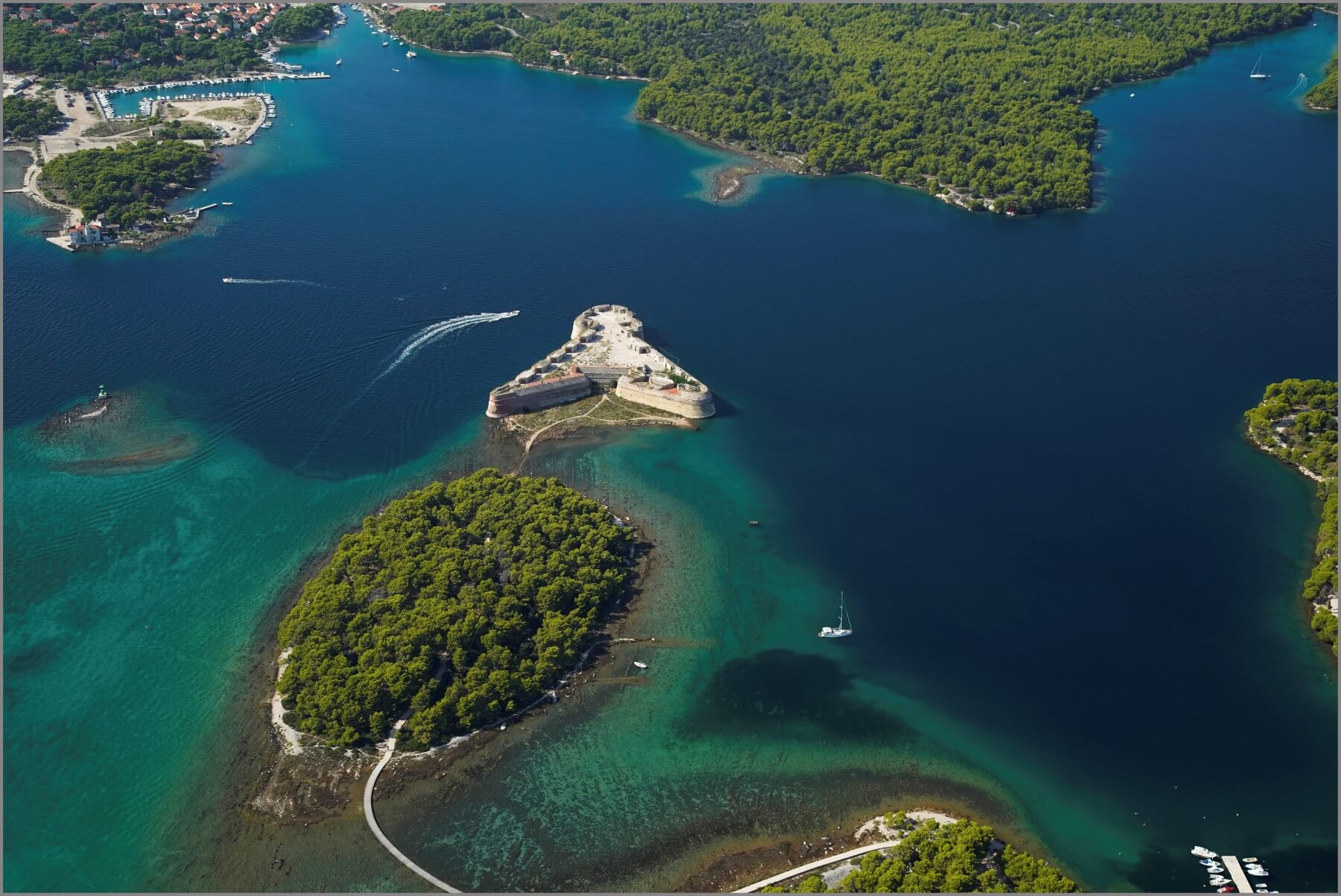 St Anthony's channel, St Nicholas Fortress and the cycle and walking path that reaches it via an island © Šibenik Tourist Board
St Anthony's channel, St Nicholas Fortress and the cycle and walking path that reaches it via an island © Šibenik Tourist Board
In the evenings, during their rest time, active Šibenik's guests have the city's best hotels, restaurants and charming Old Town almost to themselves. They share the cafe, bar and restaurant terraces only with Šibenik residents, relaxing once more now the city is returned to them.
Key to Šibenik's year-round appeal for fitness and sport fans is the city's unique landscape. No place in Croatia has natural assets like Šibenik. It is surrounded on all sides by a remarkable and startlingly varied topography.
Firstly, between Šibenik city harbour and the open Adriatic is a long waterway – St. Anthony's Channel. It is bordered on either side by two huge stretches of wild nature. Then, at the rear of the town, elevated up from sea level and next to Barone Fortress, the area of Šubićevac. Here, the entrance to the vast Šubićevac Forest Park, much of it an untamed, natural landscape. Thirdly, the vast Krka National Park, which lies just 10 kilometres north-east of Šibenik
Active Šibenik: St Anthony's Channel
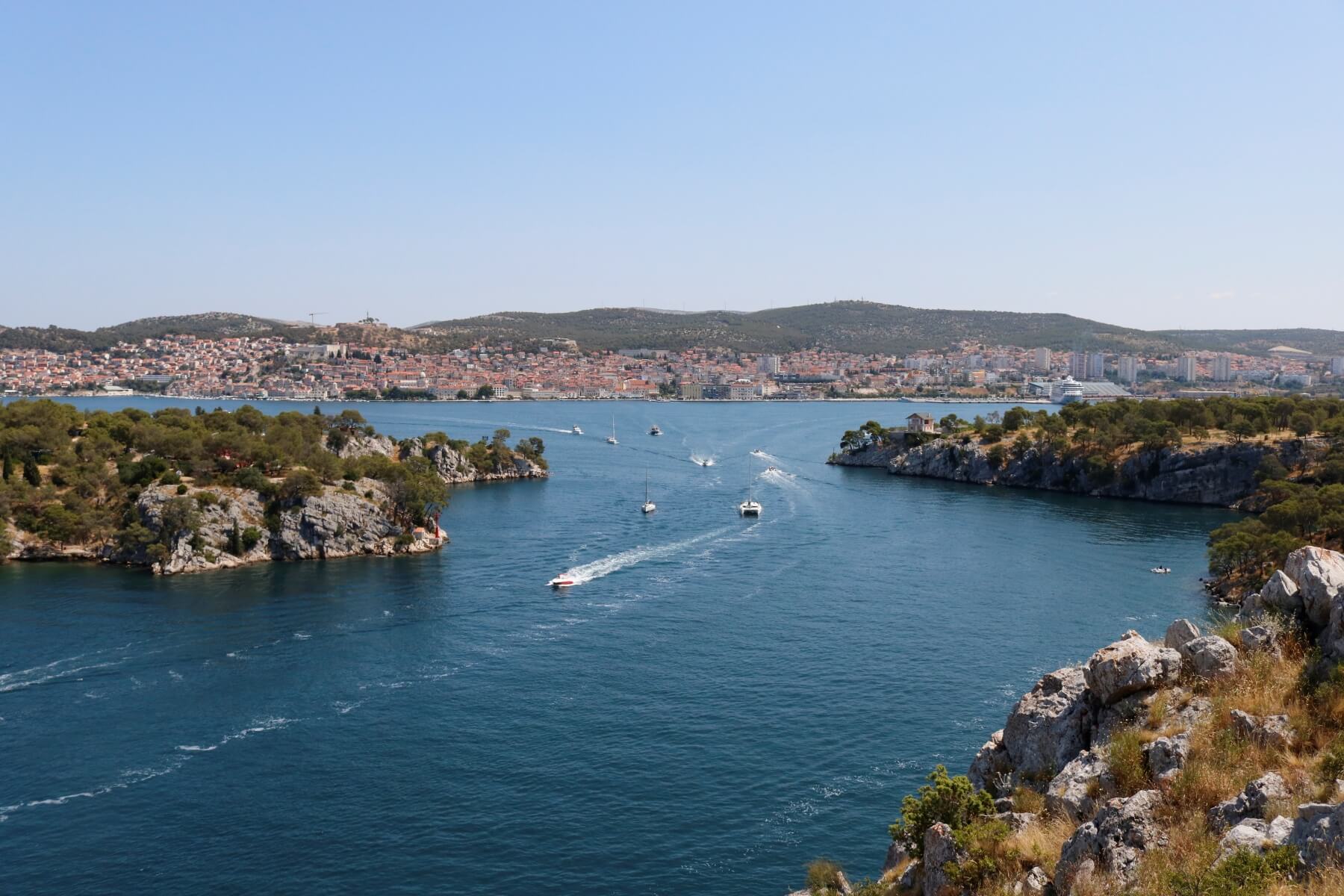
An epic 2000 metre long waterway, St Anthony's Channel is both a gateway to the open sea and the entrance to the city for anyone sailing into Šibenik. It is 140 – 220 metres wide and is bordered on each side by near untouched Dalmatian nature. On one side, sheer cliffs for one wall of the channel. At the top, dense pine forests, walking, hiking and cycling trails. Also, the famous recreation site of Martinska.
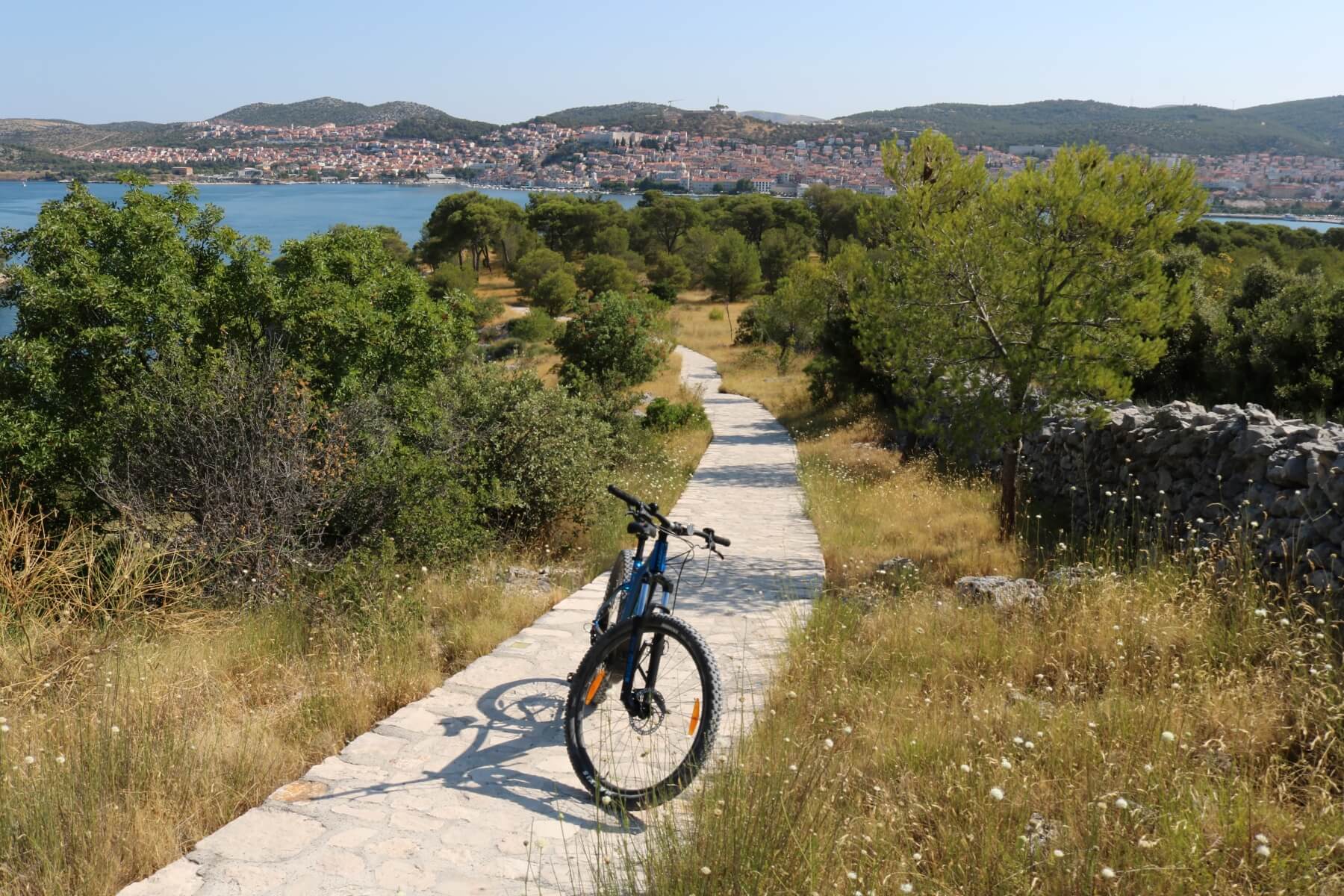
On the opposite side of the channel, a very different layout of the land. Here, the pines are much lower and closer to the channel. Between the two, idyllic beaches - the best in Šibenik – line a pathway designated for running, walking and cycling. Those on bicycles drop down from small hills on the interior. After following the path at the side of the water, their ultimate reward is the spectacular St Nicholas' Fortress. On both sides of St Anthony's Channel you'll see incredible views of Šibenik, its harbour and the side opposite.
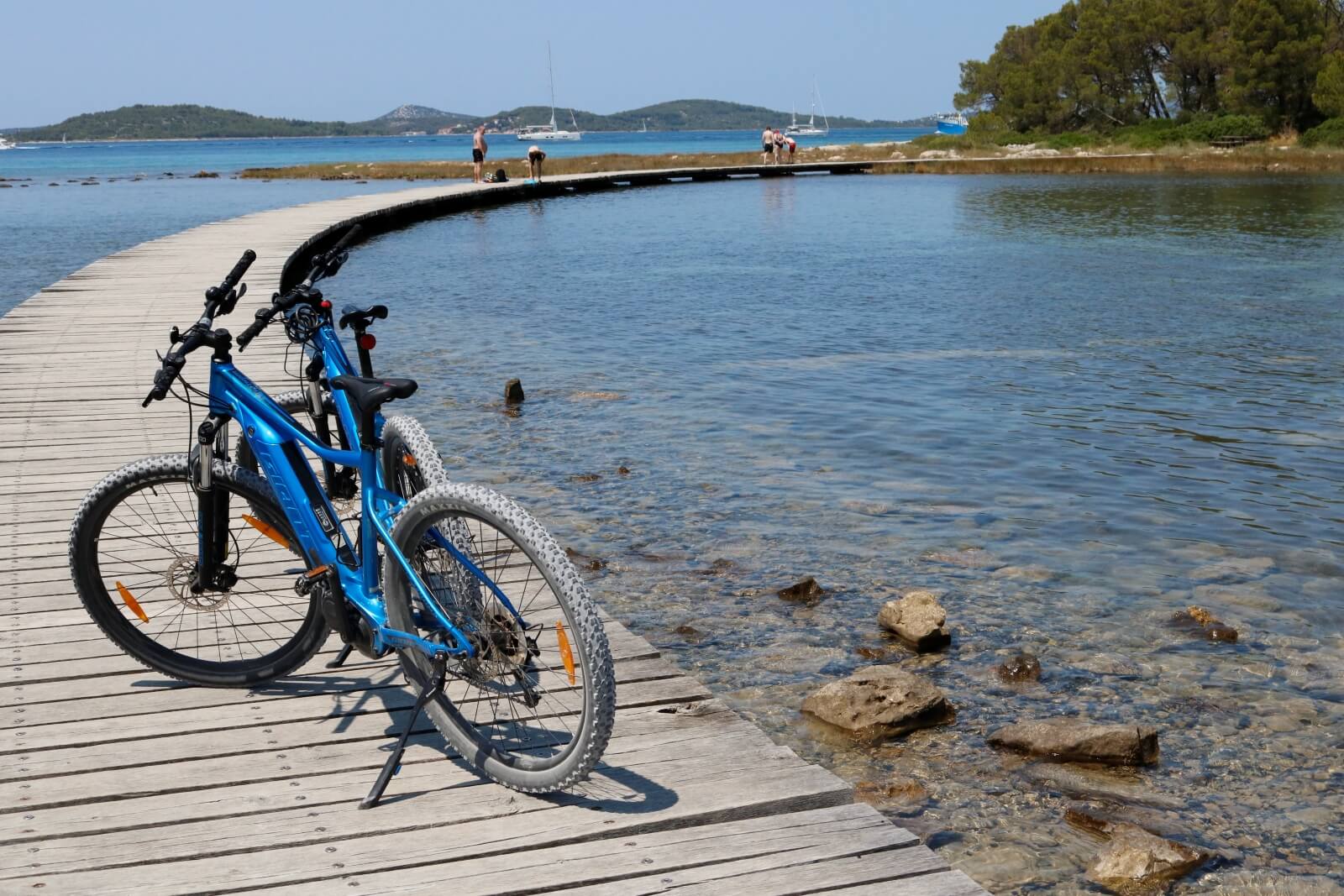
For those who prefer recreation on the water, St Anthony's Channel is perfect to explore by kayak. It's also one of the easiest ways to discover all of Šibenik's best beaches. Sticking close to the pine-sheltered coast, beautiful sailboats pass you in the centre of the channel, on their way to or from the city.
Active Šibenik: Šubićevac Forest Park
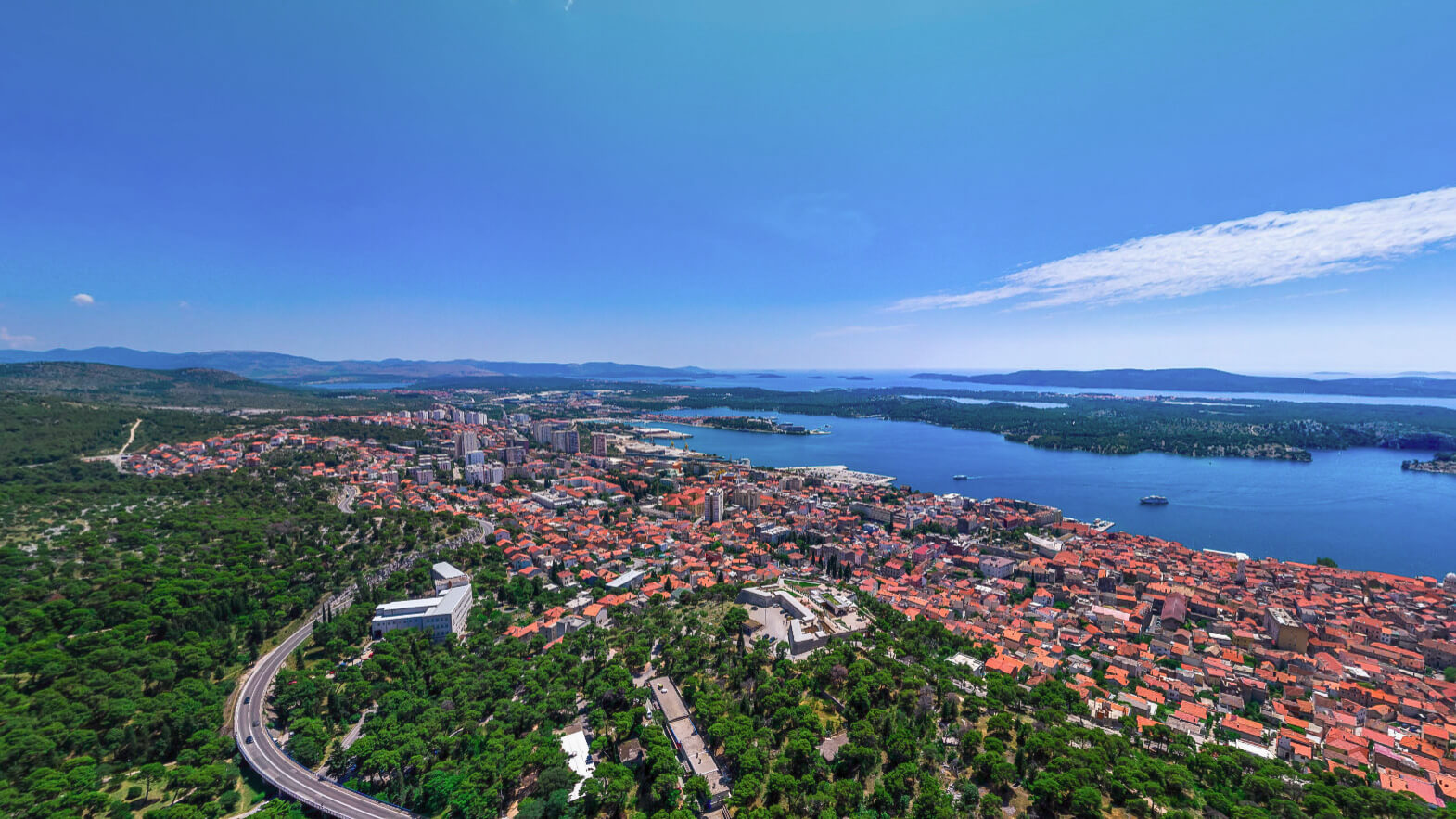 View over Šibenik, with Šubićevac Forest Park at the rear of the city © Šibenik Tourist Board
View over Šibenik, with Šubićevac Forest Park at the rear of the city © Šibenik Tourist Board
To visitors, Šubićevac Forest Park is the least famous of all Šibenik's recreational areas. A huge stretch of forestland, much loved by city residents, it rises above the city near Barone Fortress. The section of forest closest to the Šubićevac is designated as a city park. Within this part, you'll find a children's playground, specially designed to be accessible to all, including children with special needs.
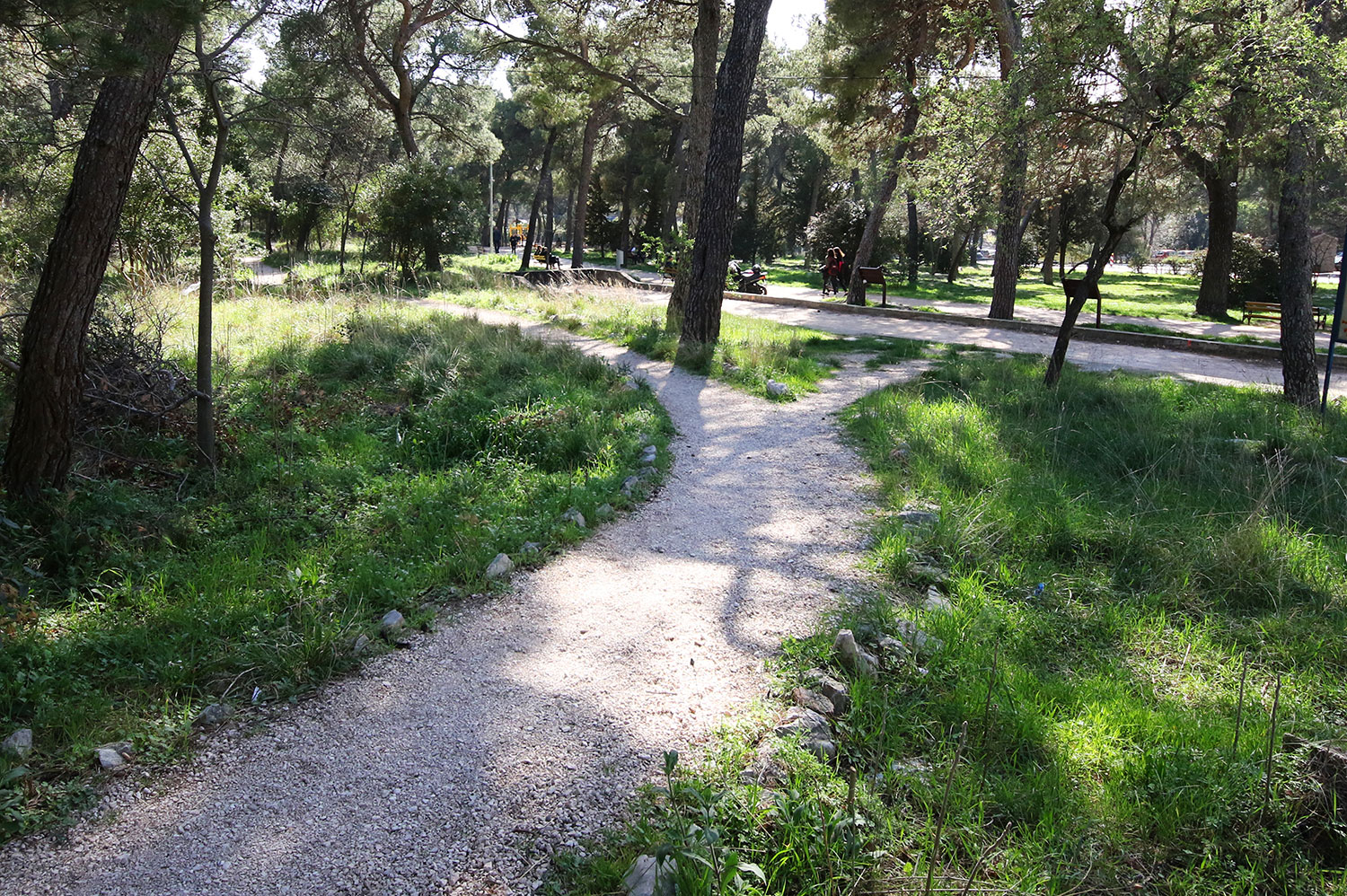 Easily accessible section of Šubićevac Forest Park © Javna ustanova Športski objekti Šibenik
Easily accessible section of Šubićevac Forest Park © Javna ustanova Športski objekti Šibenik
Throughout this section, designated paths for cycling and walking. Running to the southeast, a much larger area of near untouched forest. Here, a wilderness ripe for runners or hikers to explore. It's worth seeking out the tiny Church of St Michael here.
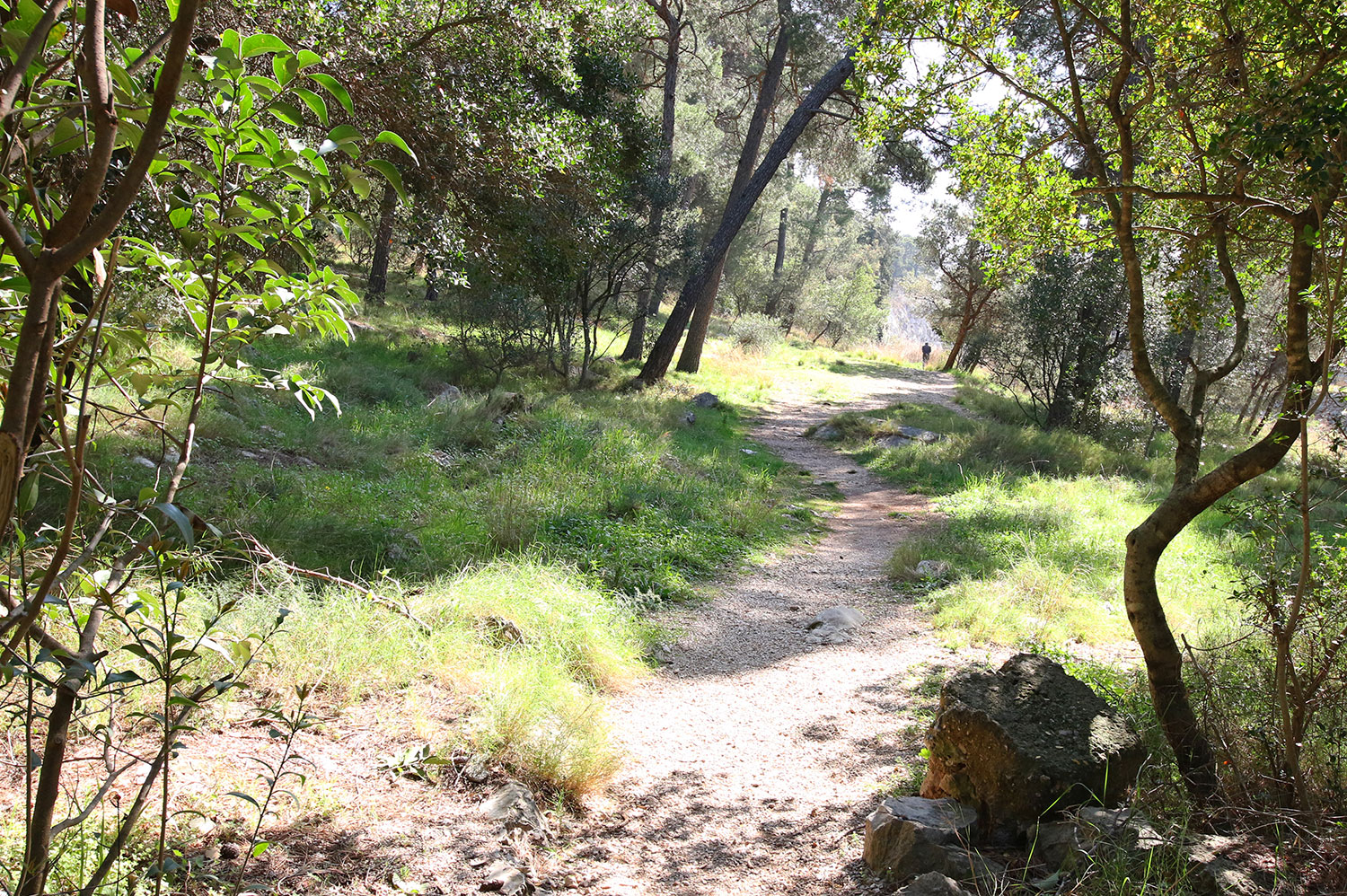 Paths through forest wilderness © Javna ustanova Športski objekti Šibenik
Paths through forest wilderness © Javna ustanova Športski objekti Šibenik
Residents say the very best views of Šibenik come from Šubićevac Forest Park. Certainly, they are breathtaking.
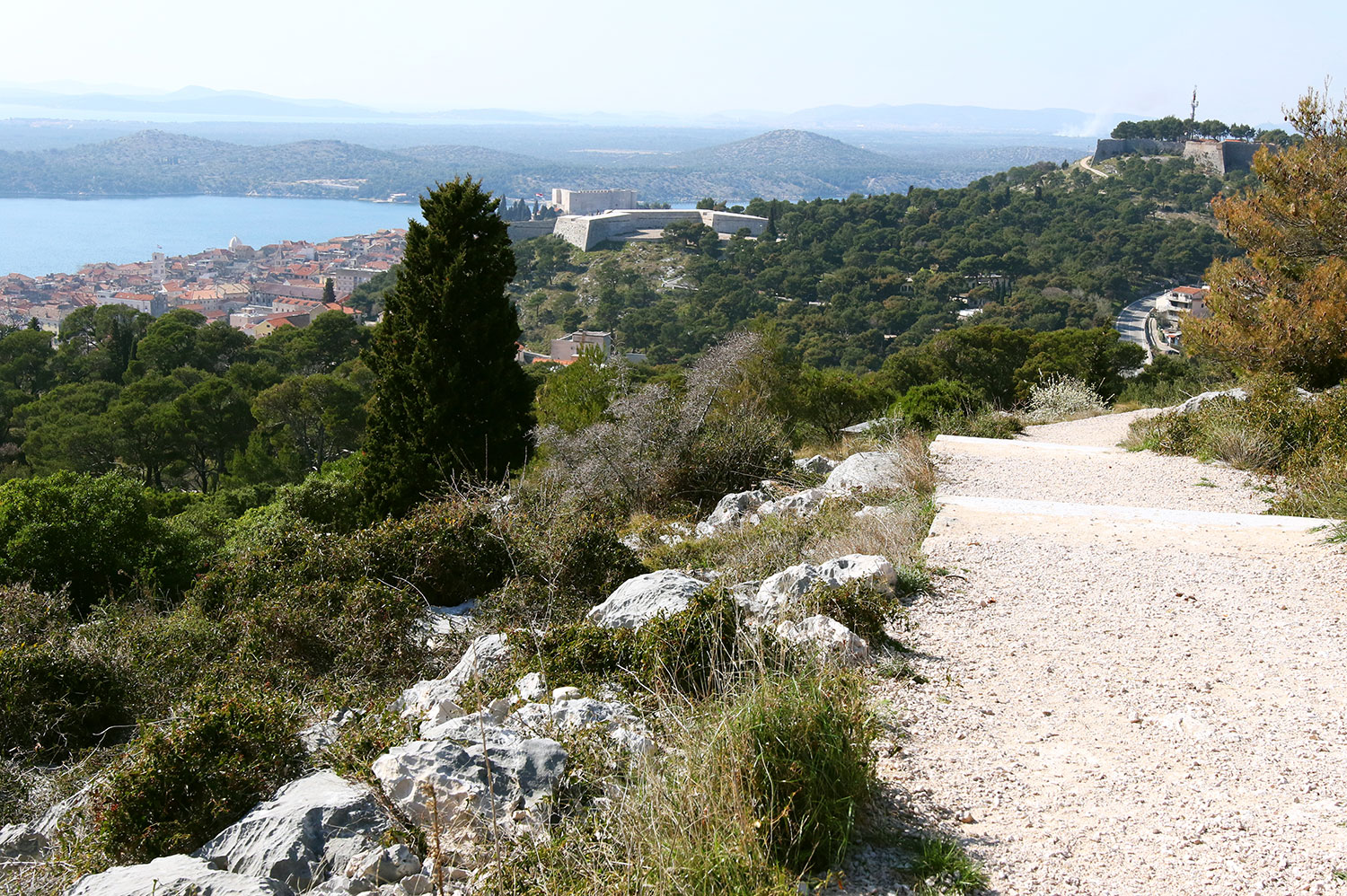 The best views over the city? It's a tough one to call - Šibenik has many contenders © Javna ustanova Športski objekti Šibenik
The best views over the city? It's a tough one to call - Šibenik has many contenders © Javna ustanova Športski objekti Šibenik
Active Šibenik: Krka National Park
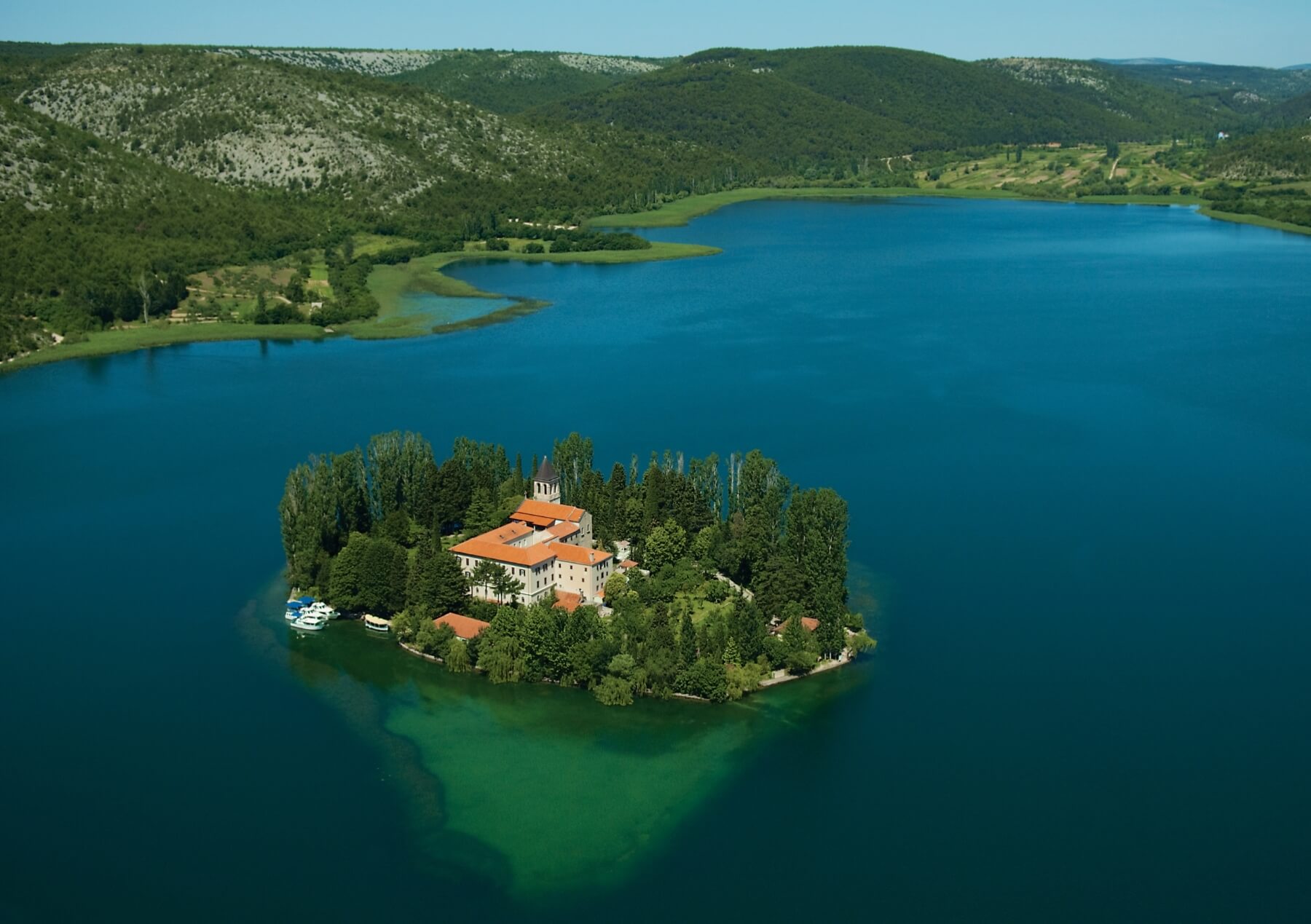 Island in Krka National Park © Šibenik Tourist Board
Island in Krka National Park © Šibenik Tourist Board
A series of wide pools, fed by cascading waterfalls, Krka is one of Croatia’s best known and most spectacular National Parks. Famous water features like the unforgettable Skradinski Buk dominate the park's postcard images. You'll find it near the park's most southerly entrance, very close to Šibenik. But, beyond this eye-catching introduction lies a further 109 square kilometers of spectacular National Park to discover. The best way to experience it is by walking, hiking or cycling.
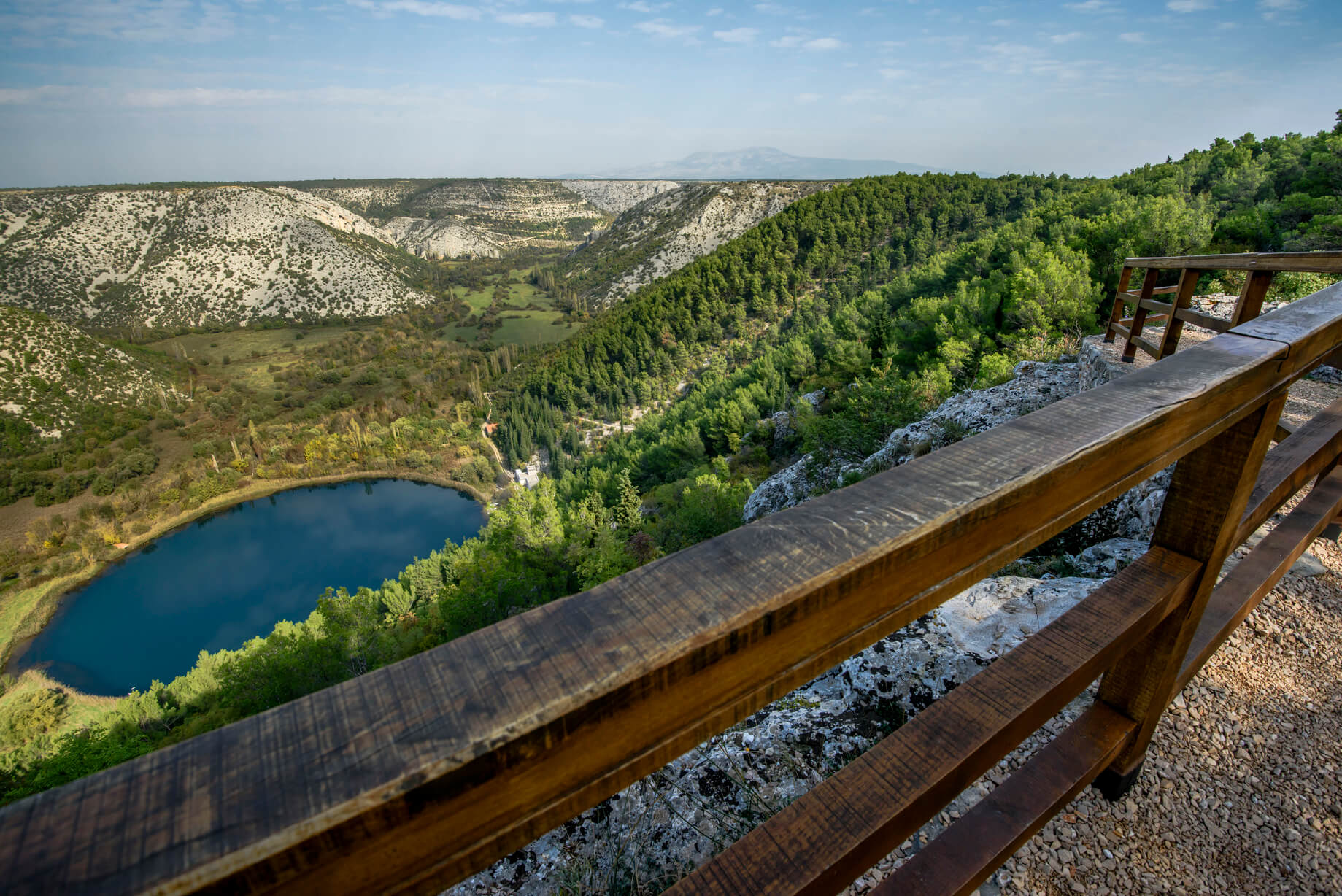 Countless captivating viewpoints © Krka National Park
Countless captivating viewpoints © Krka National Park
Hiking and walking trails of Krka National Park
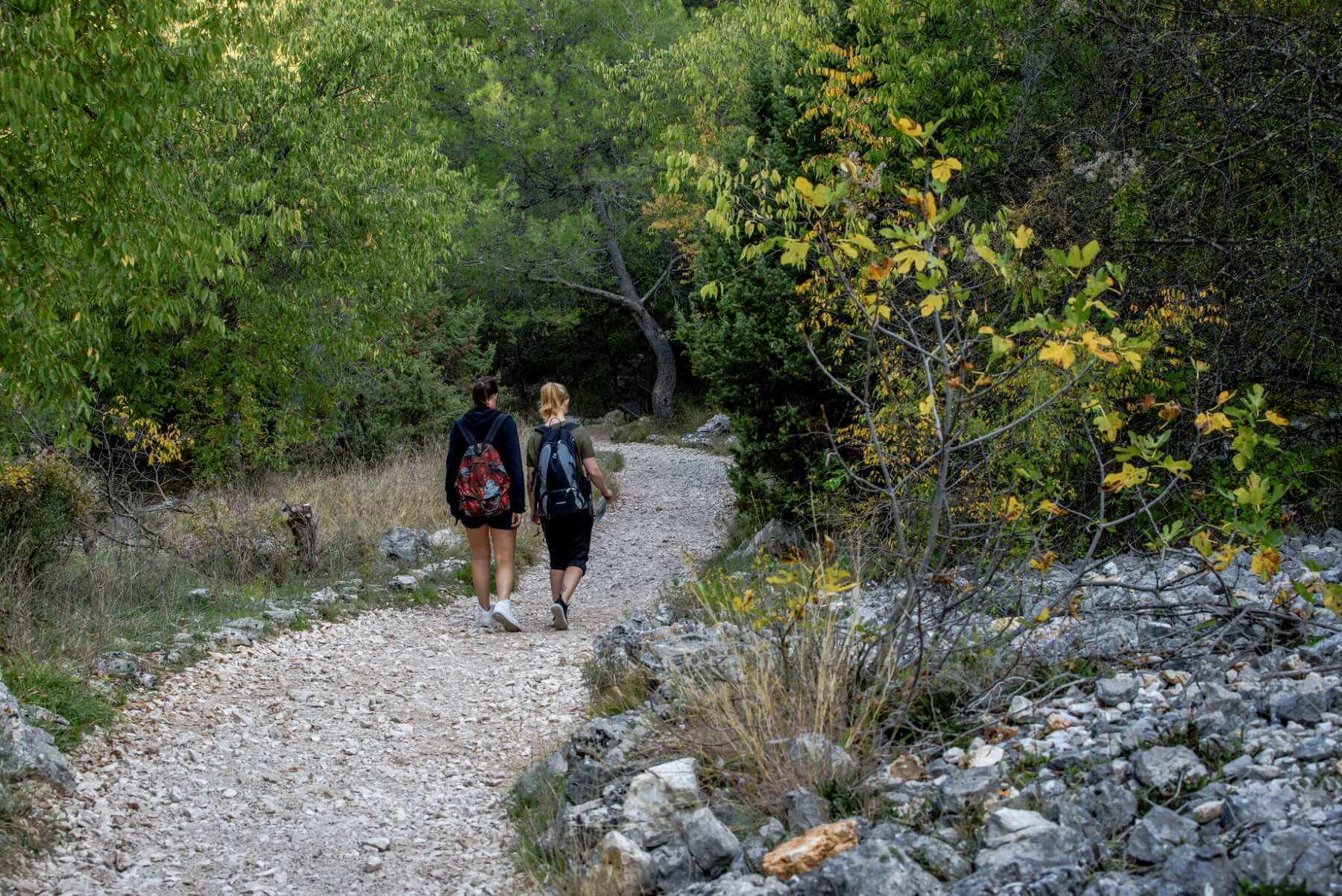 Walking and hiking trails © Krka National Park
Walking and hiking trails © Krka National Park
The park's hiking and walking trails give you the most thrilling views of this epic landscape and its wealth of flora and fauna. At the side of the trails, educational panels detailing the plants and animals you pass.
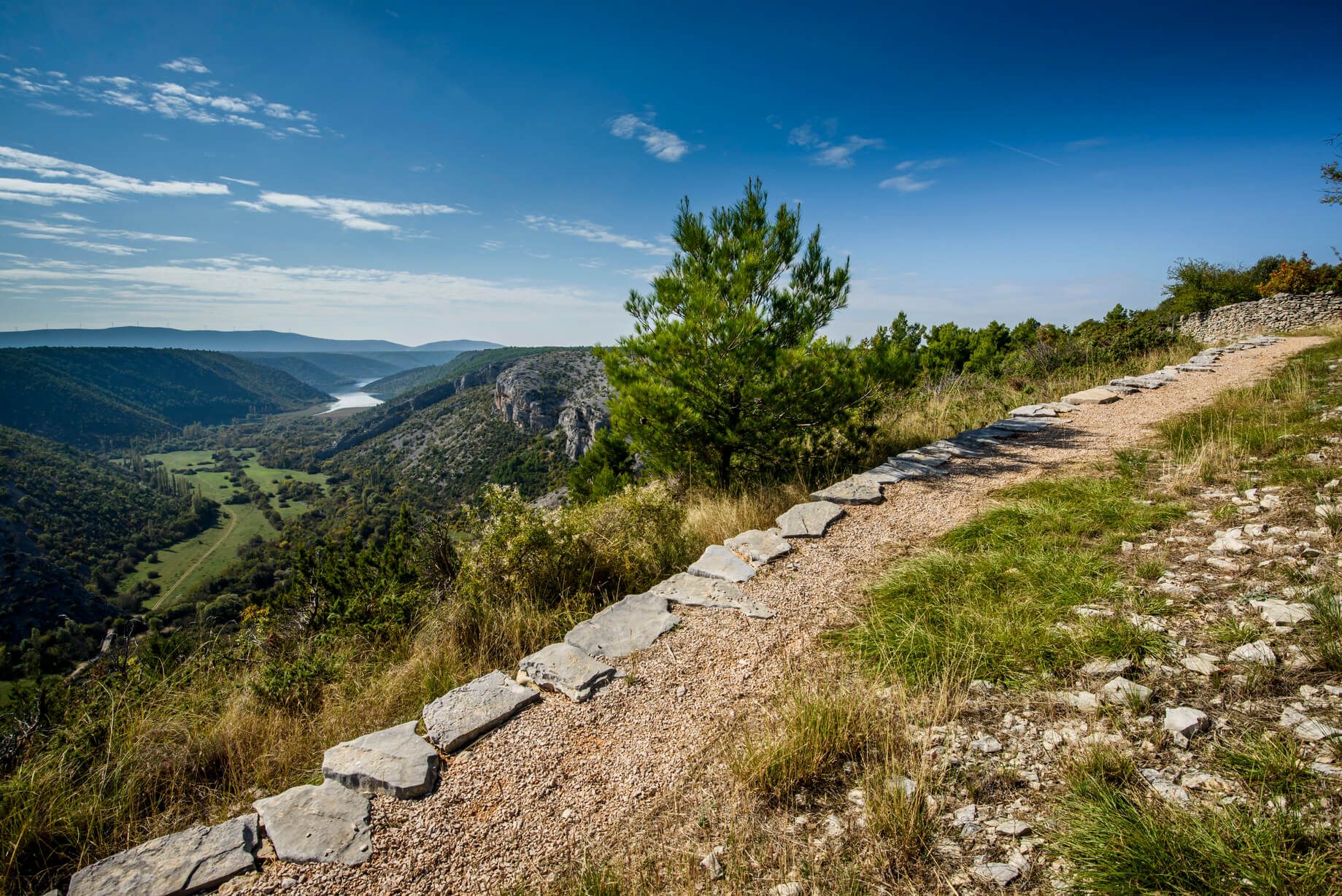 Epic landscape © Krka National Park
Epic landscape © Krka National Park
There are three circular trails: Skradinski buk (1900 m), Roški Slap (1360 m) and Krka Monastery (2100 m). A walking/cycling trail also leads to Skradinski buk from the Skradin bridge (3400 m), while from Lozovac, it is possible to take a forest trail (875 m) down to the park's longest waterfall.
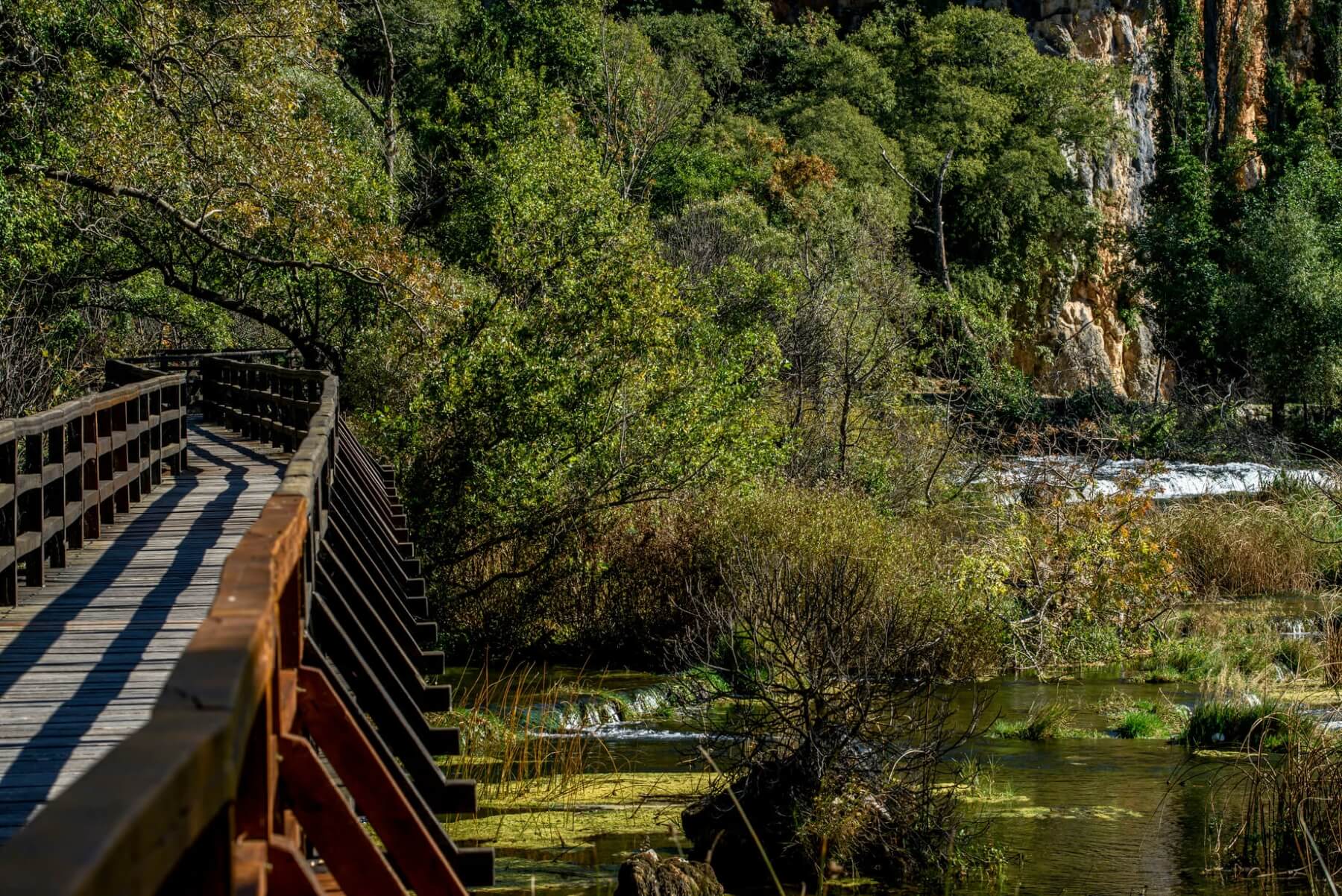 Walking over waterfalls © Krka National Park
Walking over waterfalls © Krka National Park
The shortest trail is 300 m long and leads to Bilušića buk, while the longest trail is Stinice-Roški slap-Oziđana pećina and covers 8.5 kilometres. In total, there are 7 spectacular waterfalls to find as the river Krka descends through the park.
Cycling routes of Krka National Park
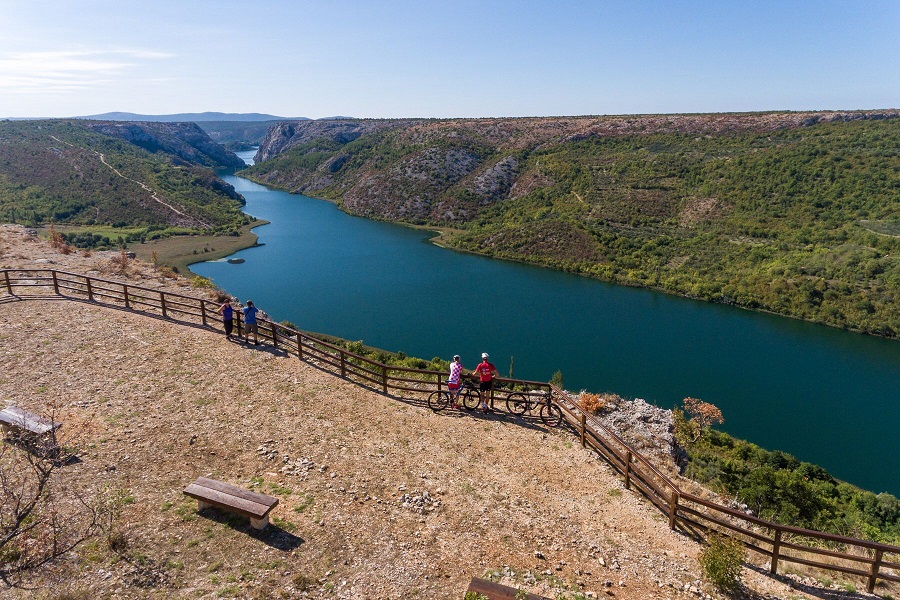 Breathtaking views on the cycling and walking routes © Krka National Park
Breathtaking views on the cycling and walking routes © Krka National Park
Bicycling through Krka National Park is a journey of endless enjoyment. If your perfect cycling route offers stunning landscapes, then this is the place for you. But, if you're curious to learn about the park's cultural and historical heritage, then cycling also helps you unlock these park secrets.
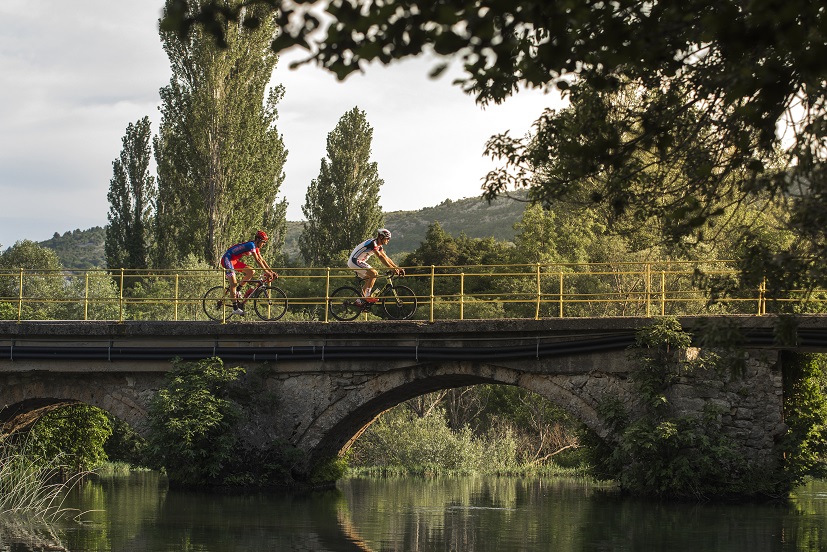 Cycling © Krka National Park
Cycling © Krka National Park
No less than fourteen cycling routes crisscross the park. They are divided into three types:
Road route - perfect for racing bikes and dedicated cyclists
Trekking & family route - a mixture of paved roads and gravel paths, perfect for city bikes, mountain bikes, families with children and cyclists of any age and ability.
Mountain biking route – a mixture of gravel paths and unarranged forest paths, with sharp ascents and descents, designed for mountain bike enthusiasts in good physical condition and with advanced cycling skills.
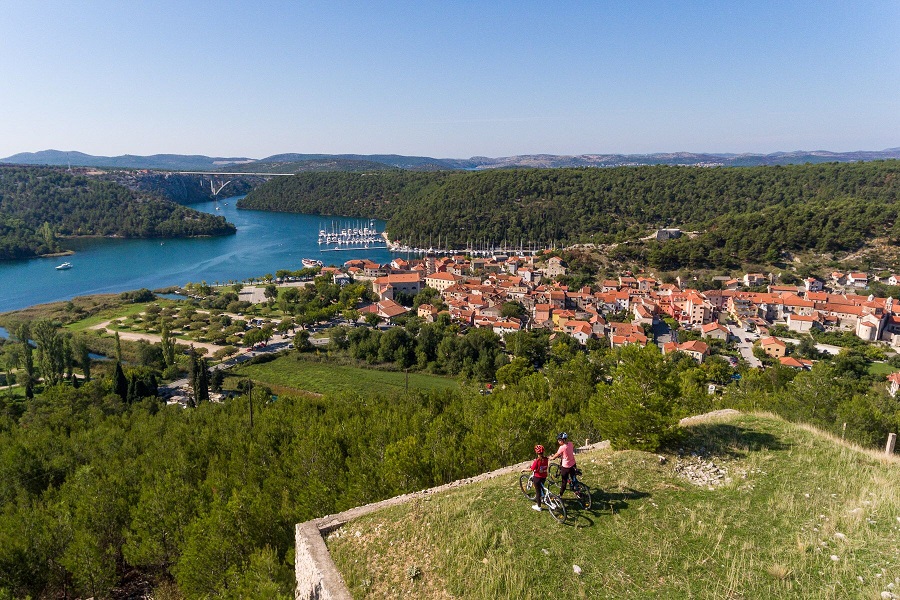 Cycling above Skradin © Krka National Park
Cycling above Skradin © Krka National Park
Šibenik zipline
On the northeast corner of the park, stretching across an epic canyon, one of Croatia's most thrilling ziplines. Flying from cliffs hundreds of metres above, so vast is the canyon that you can barely see the thrillseekers at the end of the first line. And, after that, there are still another two to go!
For more information and/or booking any of these activities, visit/contact Šibenik Tourist Board here
For more on great things to do in Šibenik, be sure to check Total Croatia News's dedicated pages here
Spectacular Start to 10th Anniversary Šibenik Dance Festival
July 20, 2021 – The streets of Šibenik are overflowing with life this July. On town squares, streets and in parks, different events appeal to every generation and demographic. On Monday 19th, the opening of the Supertoon animation festival sees families gather to watch feature-length cartoons in the Old Town streets. Above their heads, in St. Michael's Fortress, a much more startling evening's entertainment is taking place. It's the opening of the 10th anniversary Šibenik Dance Festival.
'Burning Water' by renowned Greek choreographer Andonis Foniadakis is not always easy to watch. Commissioned specifically for the ballet company of Croatian National Theatre Ivan pl. Zajc in Rijeka, the dancers have had a year to perfect it since its Capital of Culture premiere.
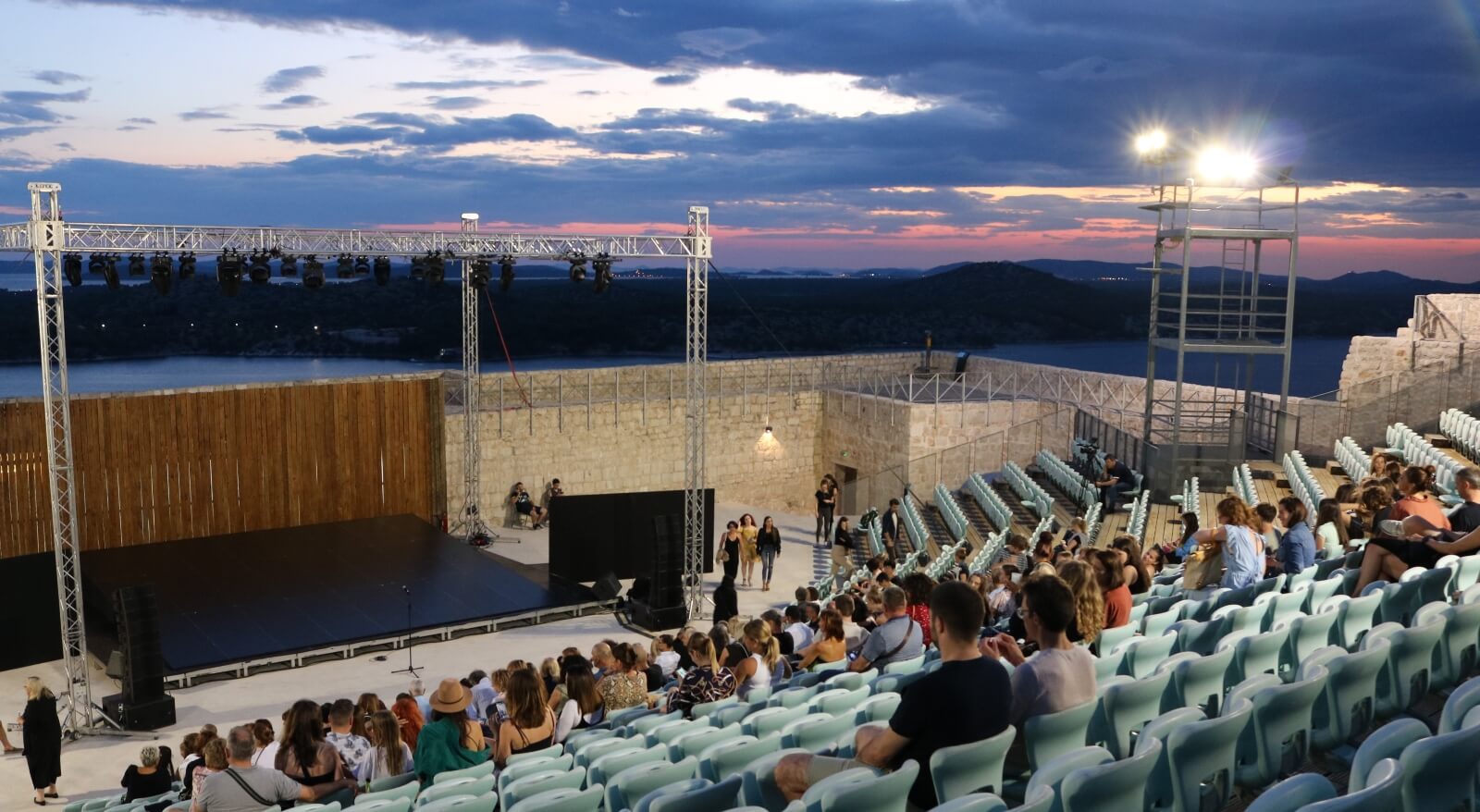 A spectacular backdrop of Šibenik, the Adriatic and sunset greet attendees at the opening of the 10th annual Šibenik Dance Festival © Marc Rowlands.
A spectacular backdrop of Šibenik, the Adriatic and sunset greet attendees at the opening of the 10th annual Šibenik Dance Festival © Marc Rowlands.
The audience takes their seats at sunset. But, as the performance begins, everything is enveloped in black. Minimally lit, androgynous dancers arrive on stage in a most unorthodox manner, their bodies twisted and contorted beyond regular, recognisable movement.
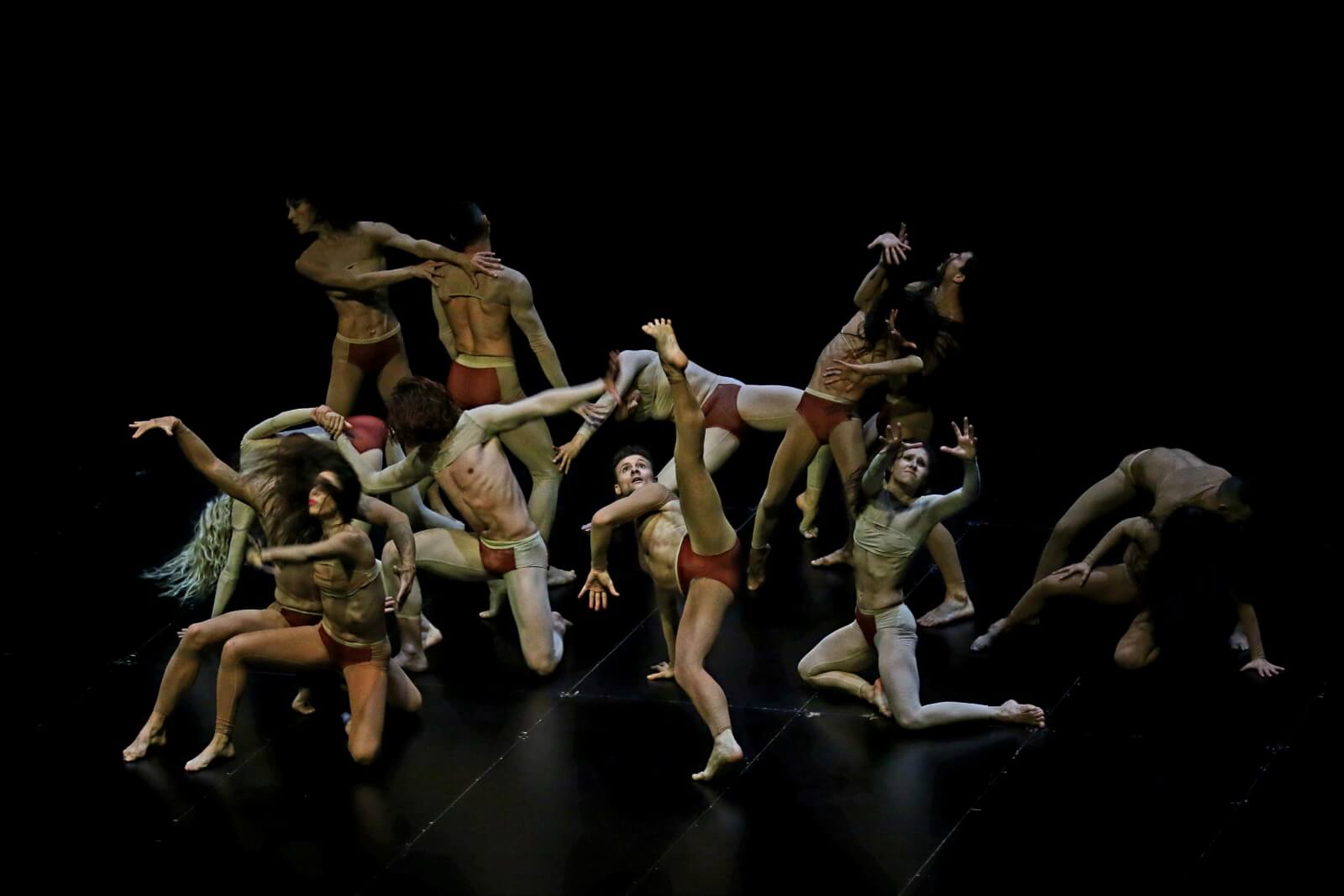
“That is the signature style of Andonis Foniadakis,” says Šibenik Dance Festival director Zorana Mihelčić. “Everybody knows it because he's so well established; very nervous, interrupted movements. I personally love his work and right now he's one of the most frequently requested choreographers in the world.”

Having helmed Šibenik Dance Festival from its start to this, its 10th anniversary, Mihelčić is more than satisfied with its progress. And, so she should be. In the seats on opening night, German, English, Slovenian, Croatian, and at least one Scandinavian language are heard. On the stage, an international touring ballet troupe and world-renowned choreographer. This is a far cry from the festival's beginnings.
Evolution of Šibenik Dance Festival
“We started Šibenik Dance Festival 10 years ago as a small review of dance studios and awarded dancers. But not, professionals,” says Mihelčić. “At that time, it was held in the square just in front of Šibenik cathedral. It grew steadily each year until 2014 when the first of our fortresses was renovated. Within a month of St. Michael's opening, we secured permission to hold our opening night there. That really put us on the map and we've been there ever since.”
“We now have two programmes running simultaneously; we kept the amateur and student dancers programme, which was our foundation. But, now we have professional, international dance companies as a major part of each event.”
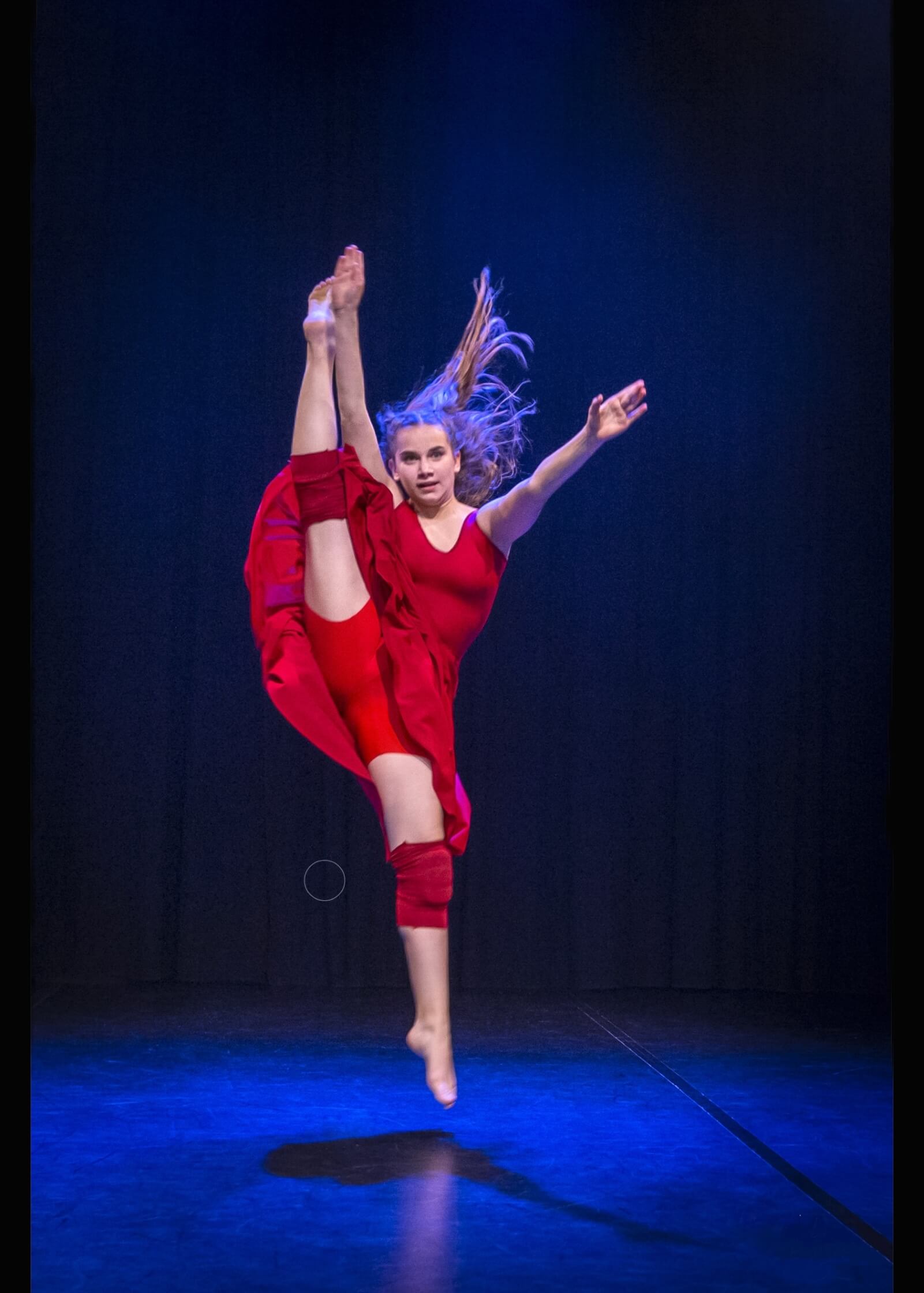 Ilijana's dancers, part of the student / fringe programme of Šibenik Dance Festival © Mladen Božičković
Ilijana's dancers, part of the student / fringe programme of Šibenik Dance Festival © Mladen Božičković
Continuing throughout this week, Šibenik Dance Festival manages to entertain everyone currently in Šibenik. Committed fans of contemporary dance and art will visit more spectacular venues like Barone Fortress. On Wednesday 21st, a visit there by Zoltán Fodor's Inversedance – an incredibly well-respected dance company from Budapest. They arrive with a new performance 'You and the World'. Its premiere was just one month ago. The next night, Thursday 22 July, jazz and hip hop dancing, again at Fortress Barone and the Association of Ballet Artists of Serbia.
In Arsen Art House, conceptual and contemporary pieces by Rita Gobi from Hungary and regional star Isidora Stanišić on Tuesday 20th. The festival concludes in the same venue on Friday 23 with a conceptual piece called 'Body Shots'. It's a co-production between Germany's CocoonDance Company and Zagreb Dance Center.
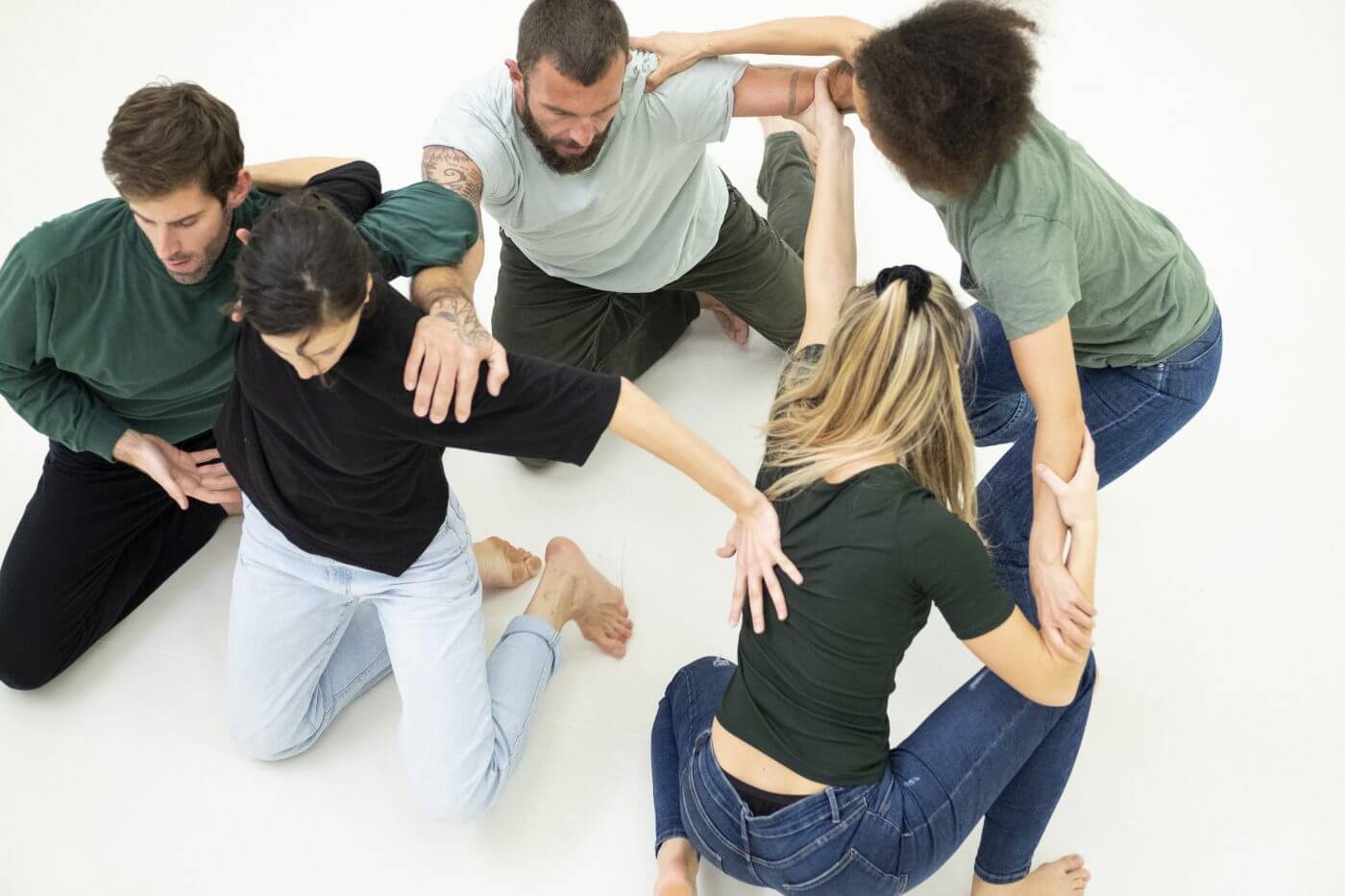 Body Shots by CocoonDance / Zagreb Dance Center © Neven Petrović.
Body Shots by CocoonDance / Zagreb Dance Center © Neven Petrović.
Although, for many visitors, the highlight of Šibenik Dance Festival is still the public performance on the city streets by youngsters and amateur dancers.
“This year, it's a really exciting mixture, accessible to everyone,” says Zorana Mihelčić, clearly excited about the performances to come. “20 minutes of great tap dancers from Dubrovnik, then 10 to 15 minutes of very young students from the ballet school in Split. After that, contemporary dancers from Požega, also salsa, hip hop fusion, classical and contemporary ballet. It will be great.”
 As shown above, final applause for the 2021 festival opening night. Festival director Zorana Mihelčić can be seen in the bottom right-hand corner.
As shown above, final applause for the 2021 festival opening night. Festival director Zorana Mihelčić can be seen in the bottom right-hand corner.
The free public performance of youngsters and amateurs at the 10th anniversary of Šibenik Dance Festival takes place at Poljana square, just in front of Šibenik National Theatre on Wednesday 21 and Thursday 22 July between the hours of 19.00 and 22.00.
All photos © Šibenik Dance Festival unless otherwise accredited.
Ex-Intelligence Officer Whose Body Was Found Near Knin Committed Suicide
ZAGREB, 23 March, 2021 - Toni Matas, whose corpse was found in his car near Knin on Sunday afternoon, committed suicide, the Šibenik-Knin County police department said on Tuesday.
The autopsy confirmed the identity of the victim as Toni Matas, who used to work for the Security and Intelligence Agency (SOA). His body was found near Knin on Sunday afternoon when passers-by informed the Šibenik-Knin County police department that they had seen a corpse in a car.
Matas's last job was as corporate security director at the Croatian Post.
Local media outlets speculate that Matas had private and business problems lately. Some also claim that his name was implicated in the recent wind park graft scandal. Several days before the tragic event, Matas was questioned by the USKOK office for prevention of organised crime and corruption.
Some media allege that Matas left a suicide note in his car and that the note mentioned pressure he had been exposed to due to his role in the said scandal.
For more about news in Croatia, follow TCN's dedicated page.
PHOTOS: Outstanding Contemporary Croatian Architecture of the Year
February 10, 2021 – 10 of the most outstanding examples of contemporary Croatian architecture have been selected by the Association of Croatian Architects to compete in the extremely prestigious Mies van der Rohe Awards. Held only once every two years, they are the European equivalent of the Pritzker Prize for Architecture.
The Mies van der Rohe Awards are a really big deal. The greatest works of European architecture compete for recognition in the competition. The greatest success of Croatian architecture in the awards was attained by UP studios' Toma Plejić and Lea Pelivan, who received a special award for upcoming architects and had their high school in Koprivnica named the best building in that category in 2009. The success has had a considerable impact on their careers since.
Being held only once every two years, Croatian architecture projects completed since the closure of entries for the 2019 awards are eligible to be submitted. Here are the outstanding examples of contemporary Croatian architecture that will represent the country in 2022.
Cinema Urania Zagreb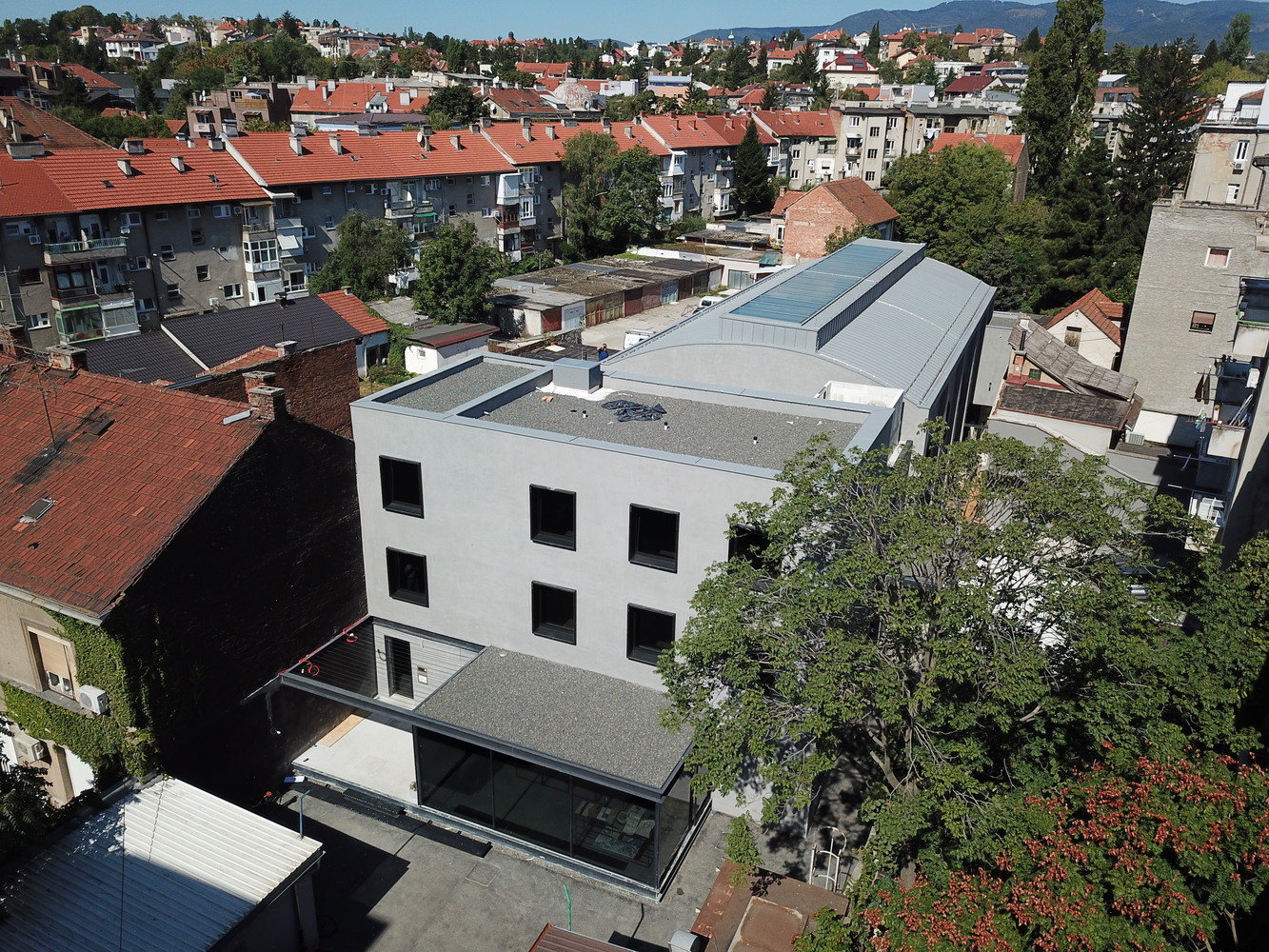
An old neighbourhood cinema built into the back streets near Kvatric. In their redesign, 3LHD preserved the best features from this early example of concrete engineering in Croatian architecture. They added a glass pavilion at the entrance, atriums and skylights, flooding the former darkness with the natural light needed for its new purpose as an event and work space.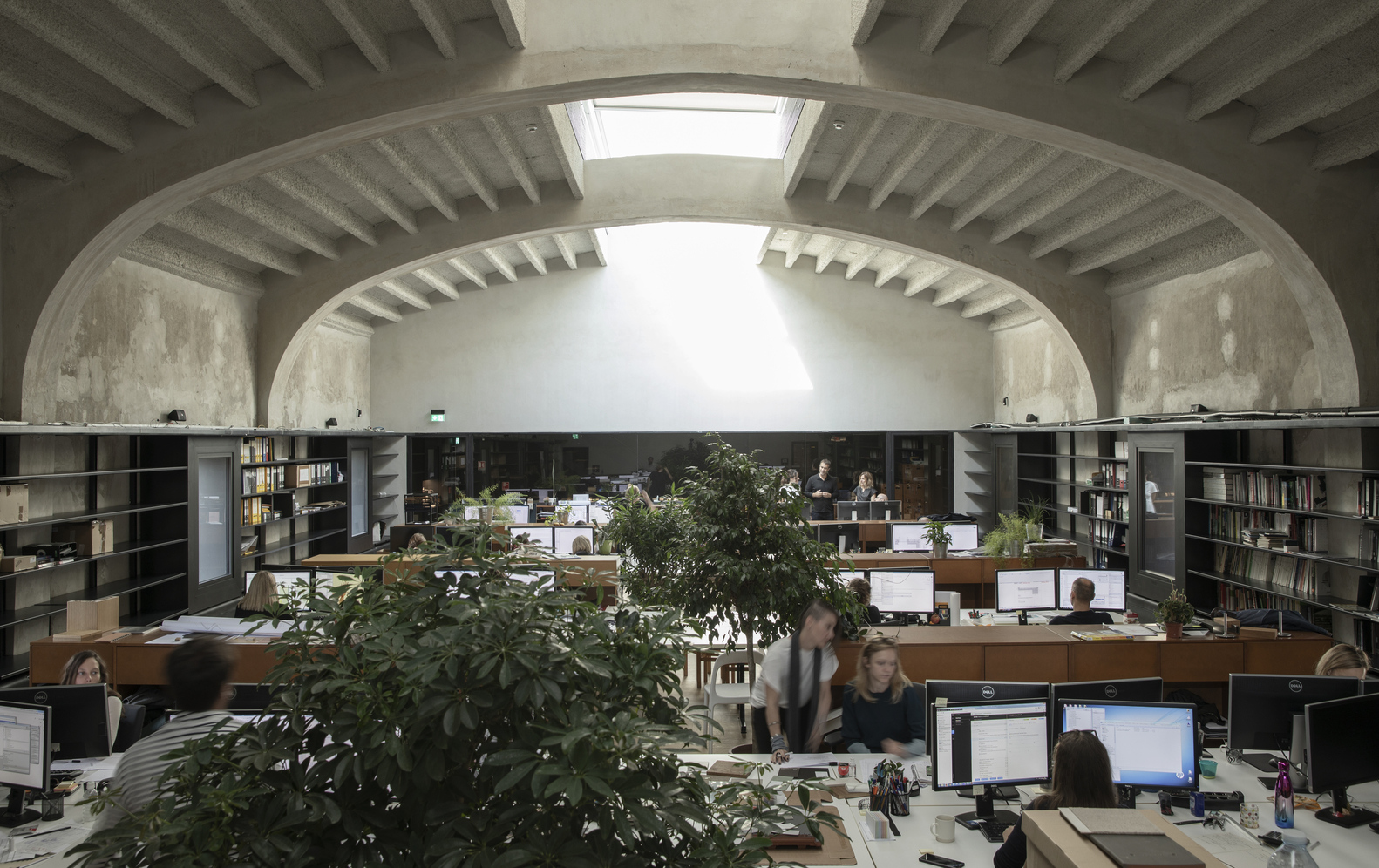 © Jure Živković
© Jure Živković
Grand Park Hotel, Rovinj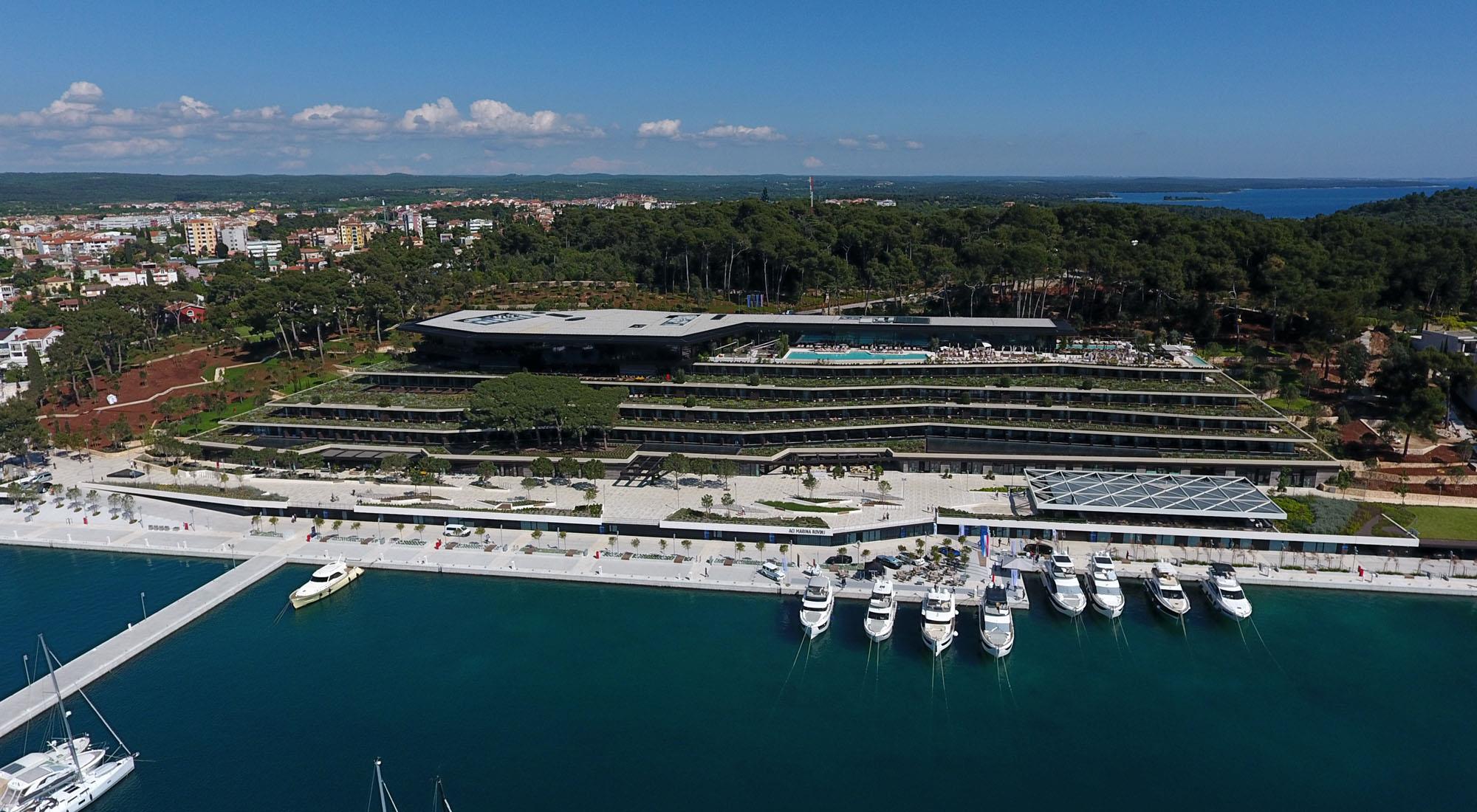
Sprawling widely across six stepped levels, the new luxury Grand Park Hotel and spa could easily have looked a long swipe of concrete. But, by places greenery on each of its staged roofs, architects 3LHD have ensured that no matter where you are in the 500-guest-capacity building, your view places you within a garden, looking out onto Rovinj Old Town and the expanse of the Adriatic. Croatian architecture at its most breathtaking.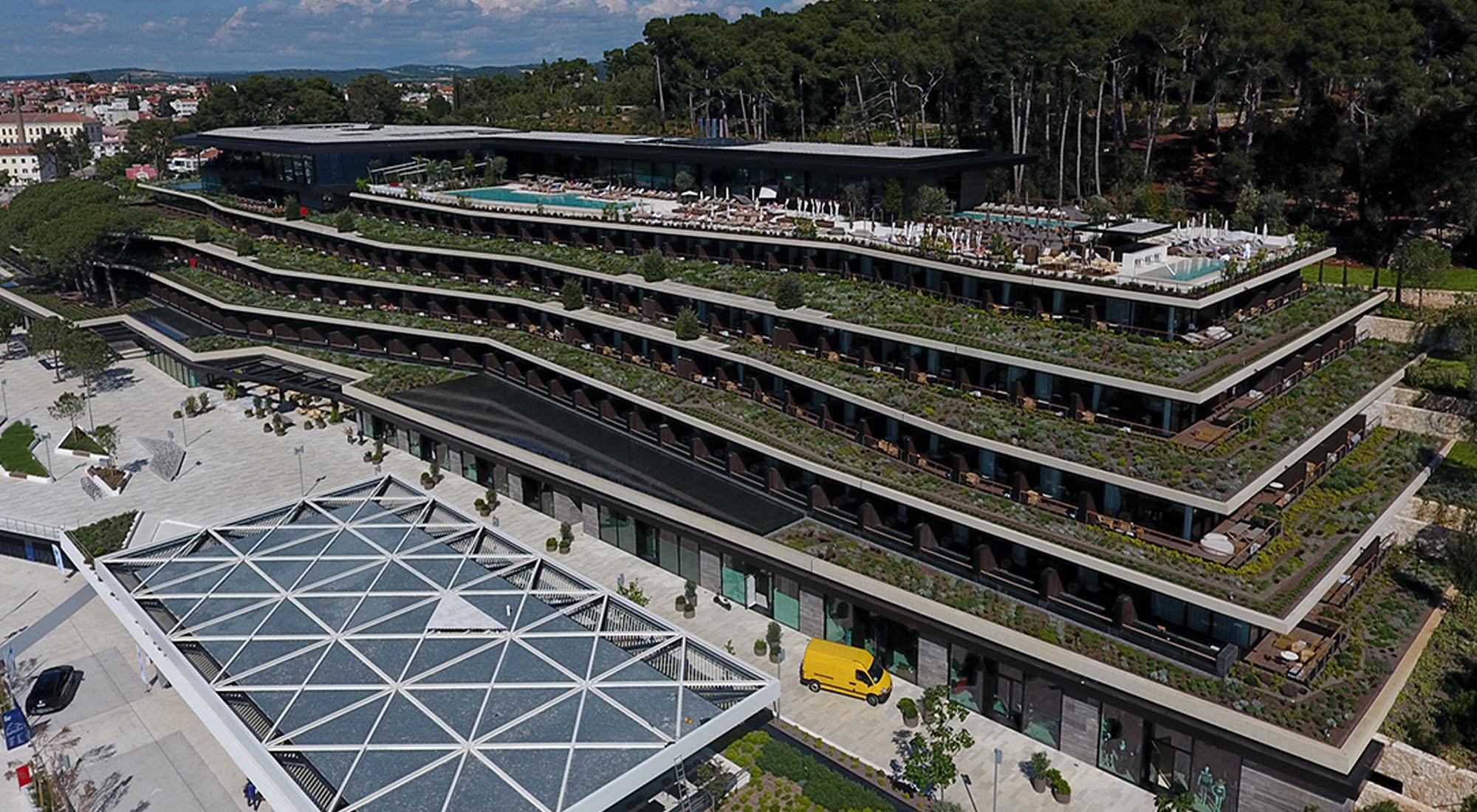 © Alukoenigstahl hr
© Alukoenigstahl hr
Ivanja Reka Elementary School, south Sesvete, east Zagreb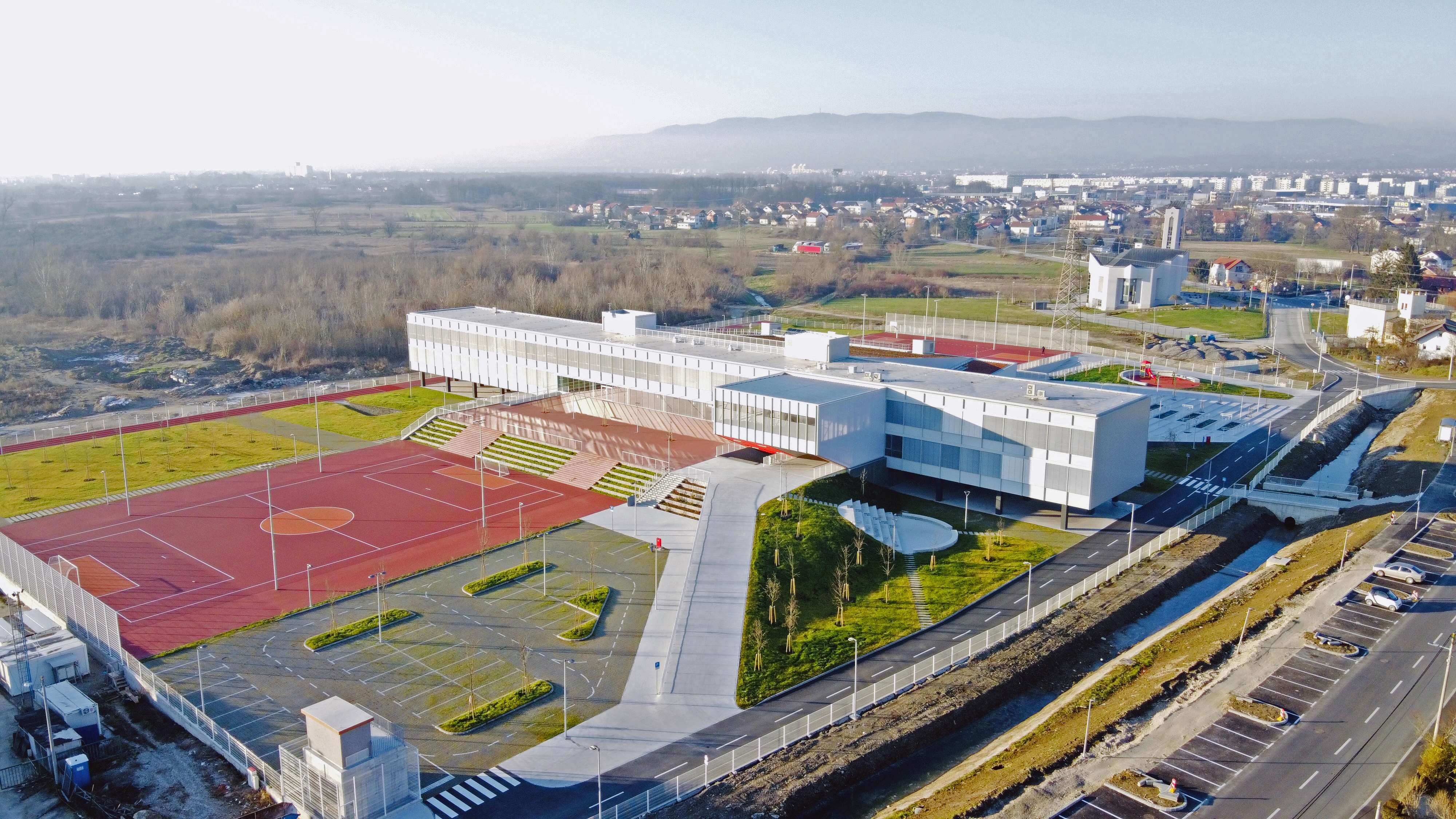
If every elementary school looked as pretty and was as well equipped as Ivanja Reka Elementary School in the south of Sesvete, eastern Zagreb, you could well believe daily attendance would never drop below 100%. Designed by a team of architectural authors (SUBMAP studios Marija Burmas and Ivo-Lola Petrić, and Jakša Kalajžić from JKA Arhitekti), the multi-level main building sits centrally, surrounded by sports, recreation and other facilities creating an impressive view for both those outside and within.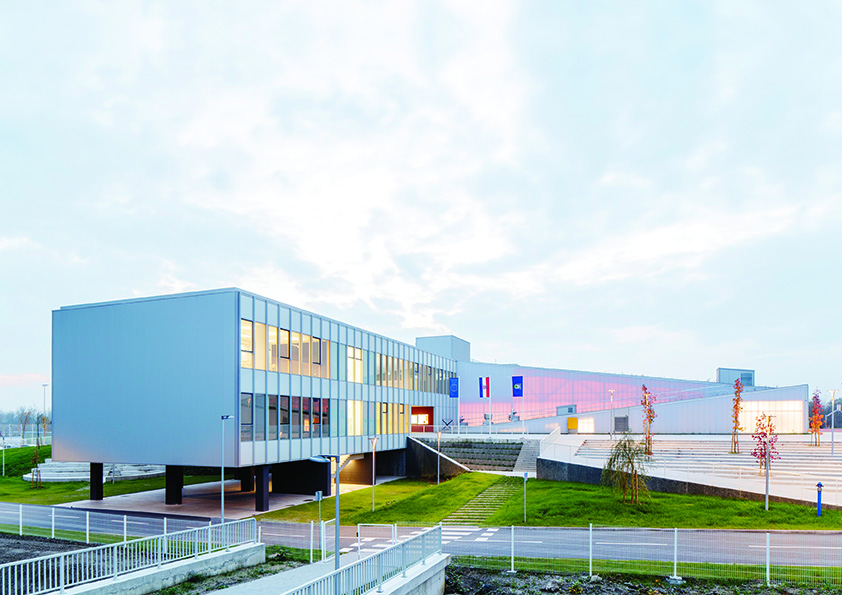 © Ivanja Reka Elementary School / Domagoj Blažević
© Ivanja Reka Elementary School / Domagoj Blažević
Roxanich Wine & Heritage Hotel, Motovun, Istria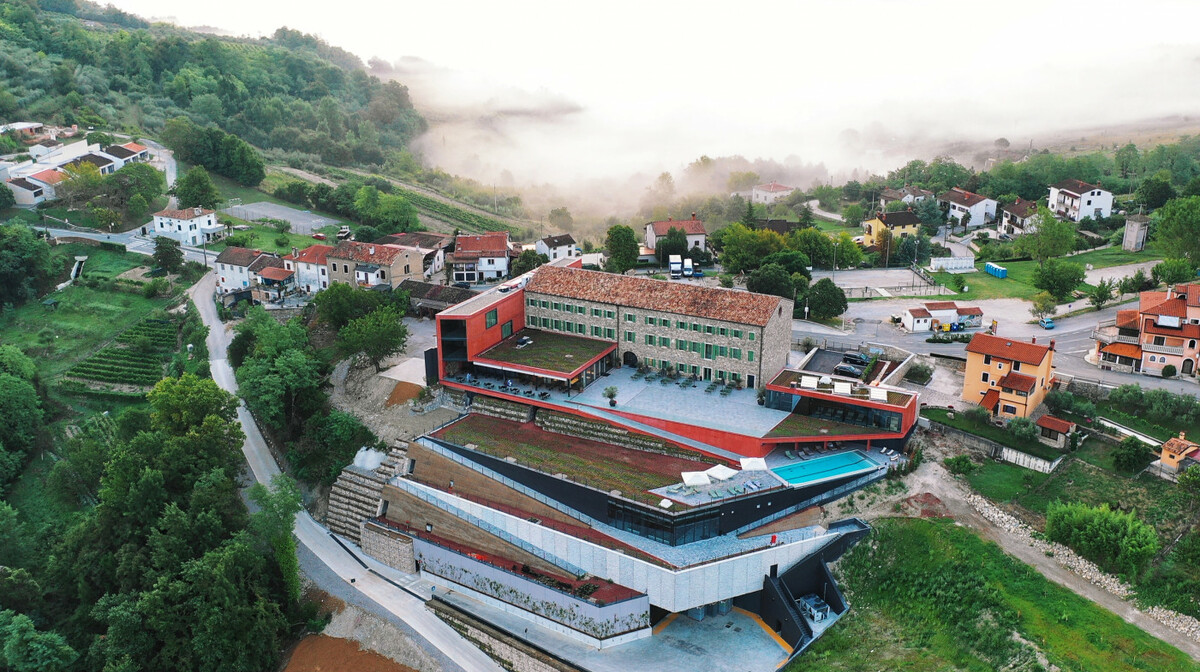
The view is unmistakably Istria. Vineyards carpet the land below and - rising above - the picturesque hilltop town of Motovun. Helmed architecturally by consistently bold Rijeka designer Idis Turato, this multi-level, multi-purpose redesign retains the traditional feel of its existing stone building and its purpose – there's a huge wine cellar beneath – but has opened up the space to give stunning views, not least over a sun deck that spectacularly reflects the sunrise and sunset. This is an active winery, with works and equipment all housed within its lower floors, not that you could tell from the 25 person capacity boutique hotel, restaurant and wine shop upstairs. © Roxanich.hr
© Roxanich.hr
Four Houses for Four Brothers, Diklo, Zadar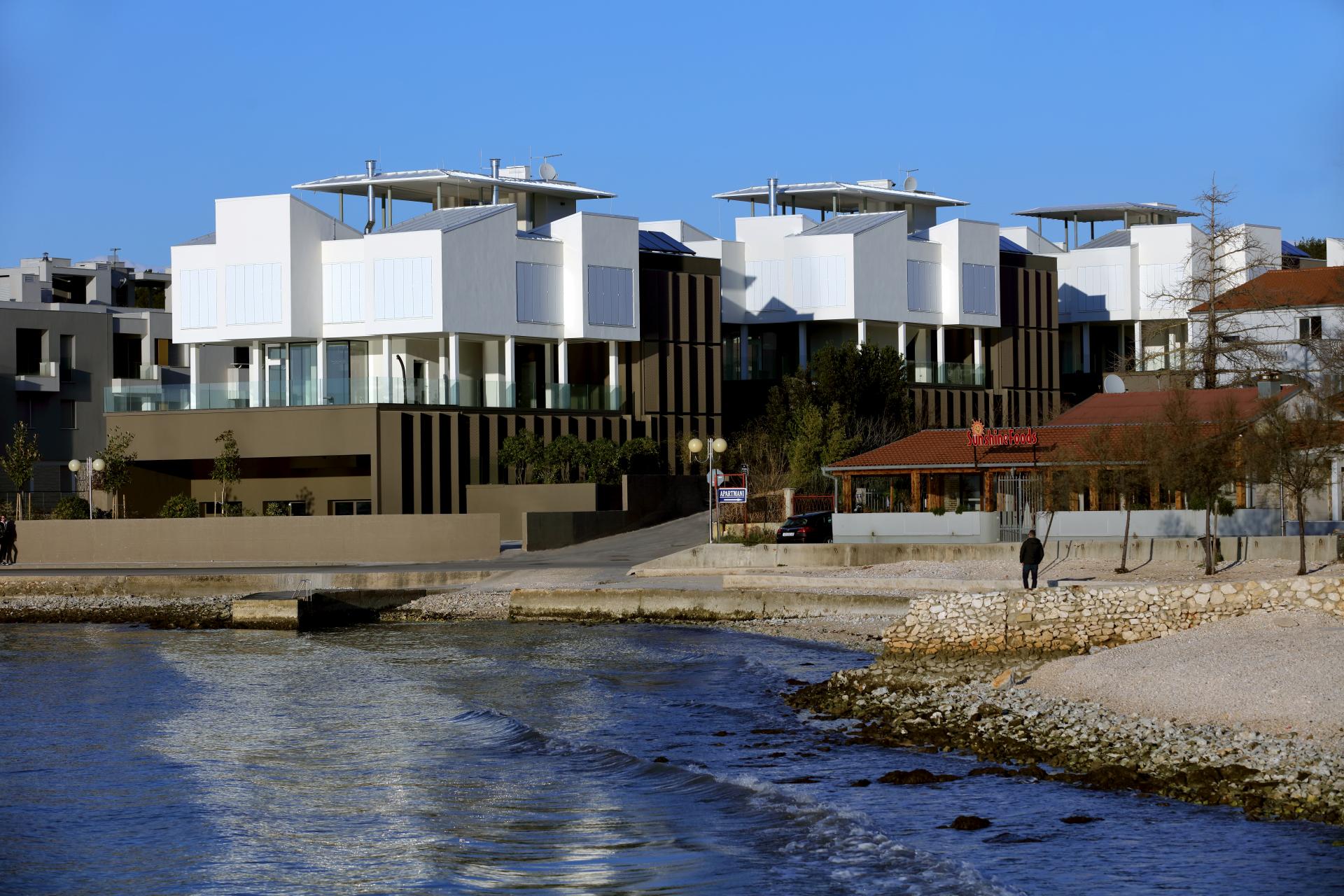
Judging from a theme of project titles used by architects Iva Letilović and Igor Pedišić, we're not sure that Four Houses for Four Brothers was actually commissioned by four brothers or that four live there. But, you could well believe they could. The ultra-modern set of independent houses, located next to a beautiful stretch of coast in a north Zadar neighbourhood, was specifically designed to address a distinctly Croatian reality – how to open up some of your dwelling to seasonal guests while you remain at home. The design separates the buildings clearly into separate quarters which allow privacy, comfort and minimal encroachment for both visitors and residents.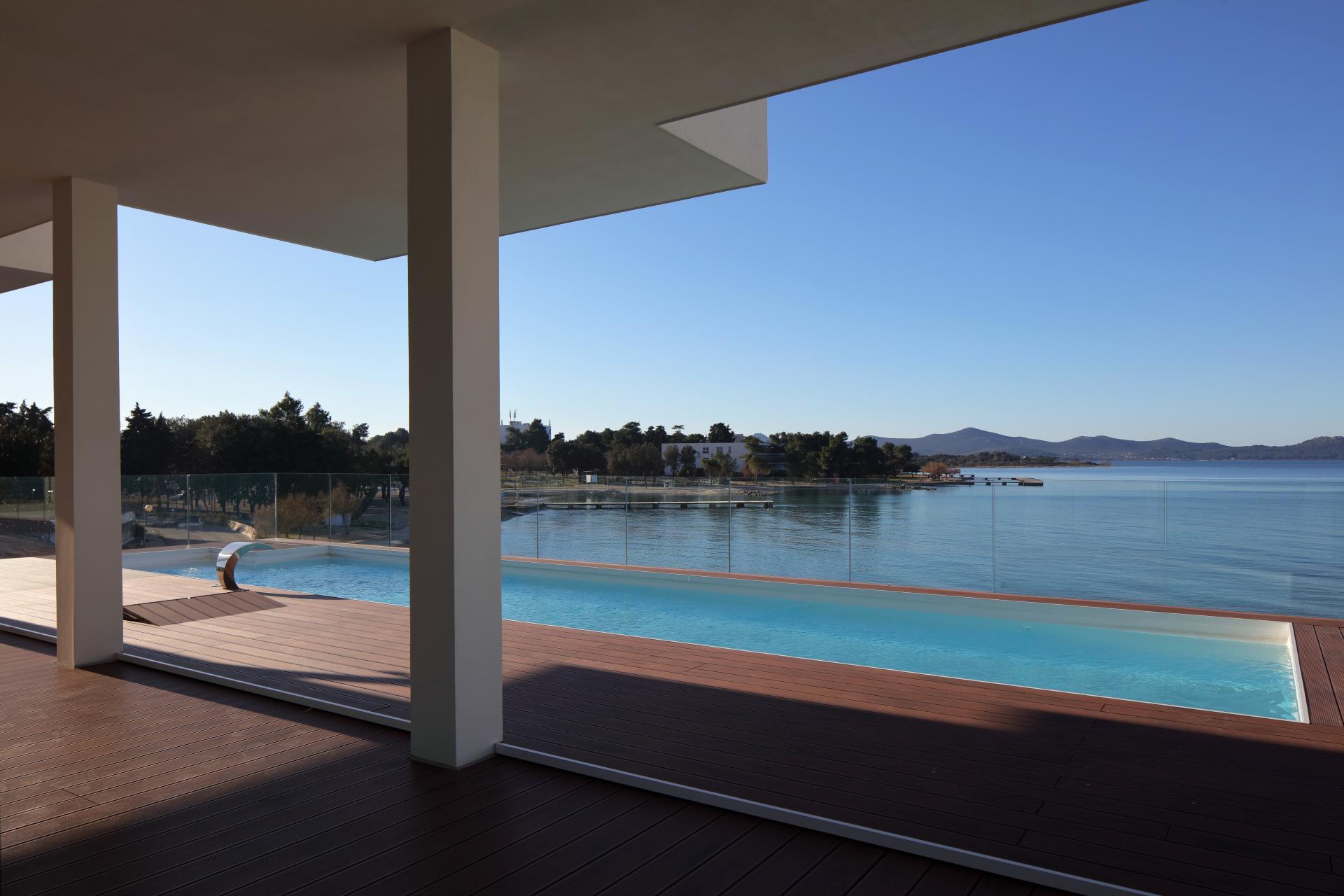 © Igor Pedišić
© Igor Pedišić
Galić Winery, Kutjevo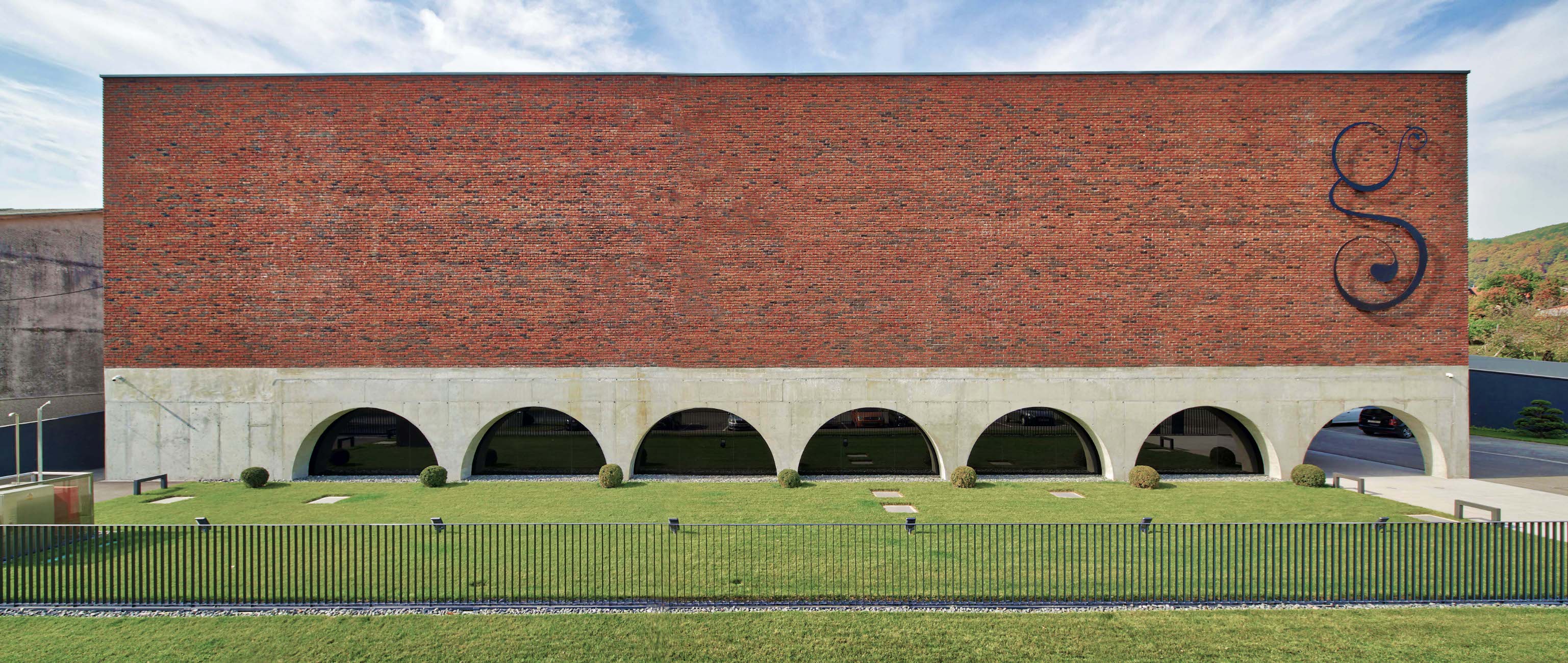
Award-winning outfit Zagreb-based studio Dva arhitekta have an existing, jaw-dropping design for a rural winery commissioned by famous makers Galic. However, that project, as yet, remains unrealised. But, their winery for Galic in the centre of Kutjevo town is complete. Melding the traditional and the contemporary, the upper section of the building is a bold and unblemished red brick, adorned with the winemaker's unmistakable logo. Beneath, concrete arches invite your eyes into the actual wine cellar – neat rows of barrels, protected behind glass walls that are set back from the facade. Brilliant!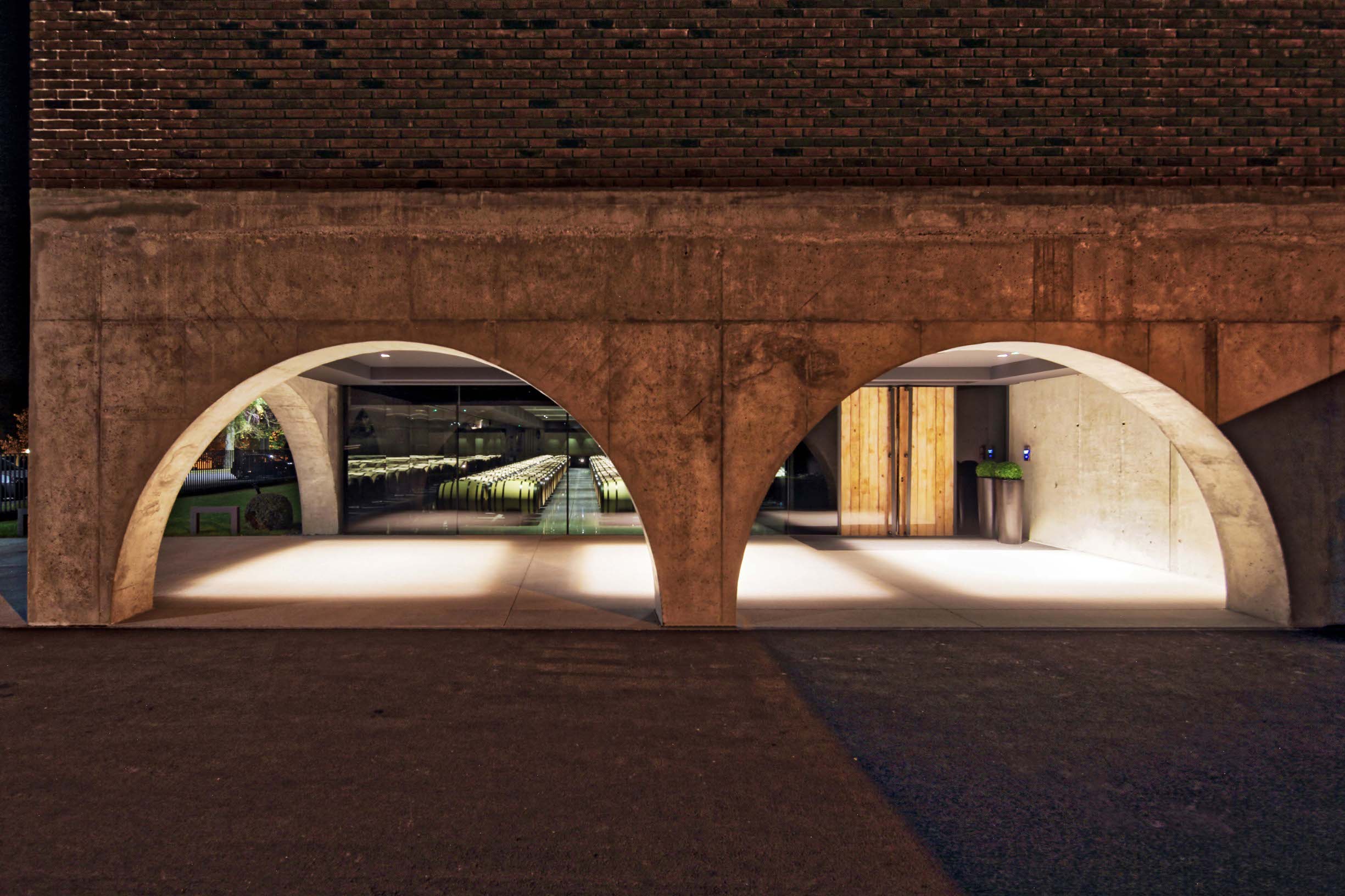 © Damir Fabijanić
© Damir Fabijanić
Seecel Centre, Zagreb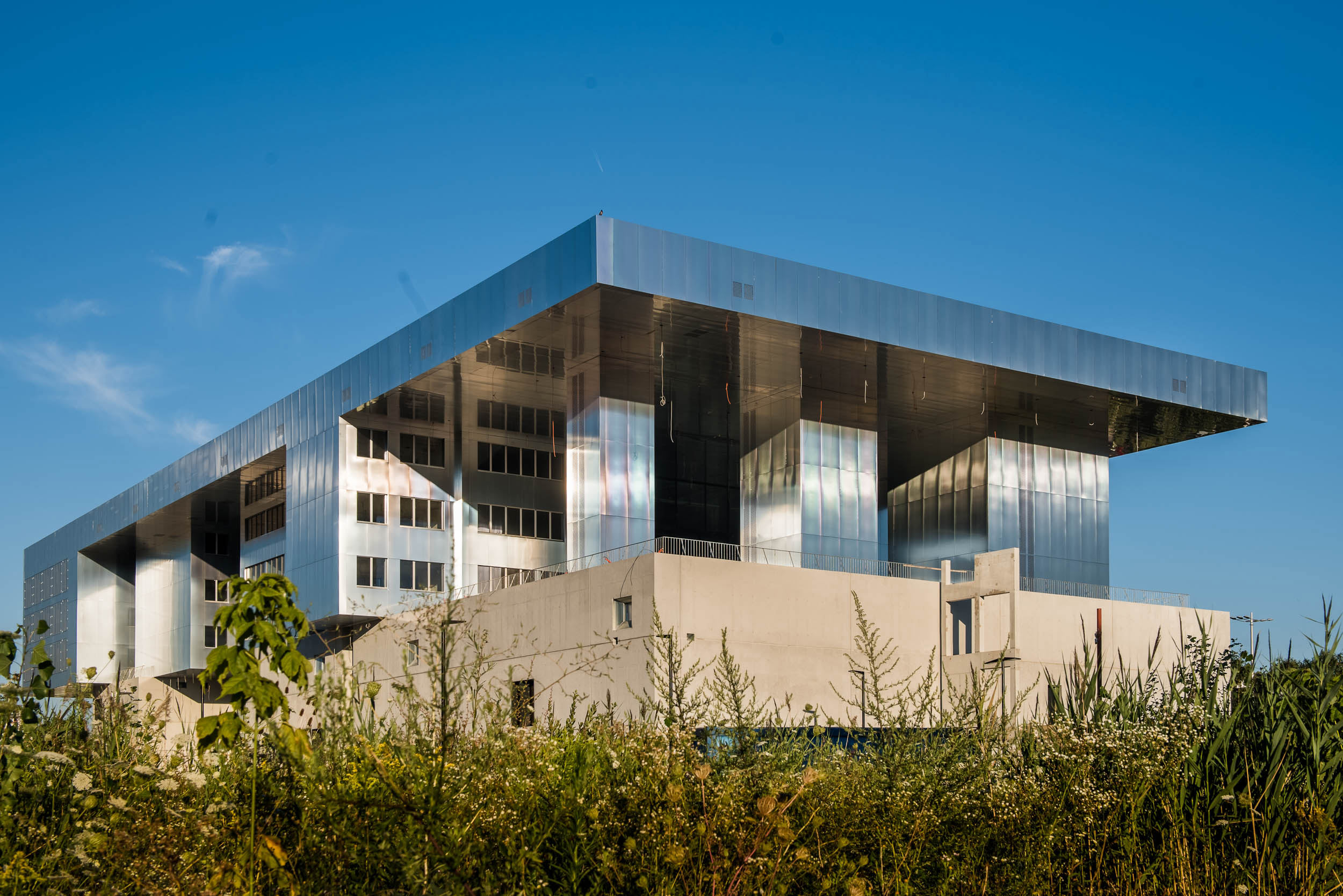
Designed as a regional centre for the development of entrepreneurs and its construction costs generously part-funded by European money, the Seecel Centre arrived long overdue and does not house its intended inhabitants. Such matters are best left for different articles as, here, we're concerned with the undeniable finery of this building's architecture and appearance. Holding space for accommodation, offices, communal collaboration, education and presentations, the five-floored building uses ultra-modern building materials and construction methods to make it low-energy, its great blocks of covered concrete, with glass windows set further back, echoing old fortifications. It was designed by Igor Franić who, in Croatia, is perhaps best known for the Museum of Contemporary Art in Zagreb and completed by him and his team at SZA / Studio za arhitekturu d.o.o.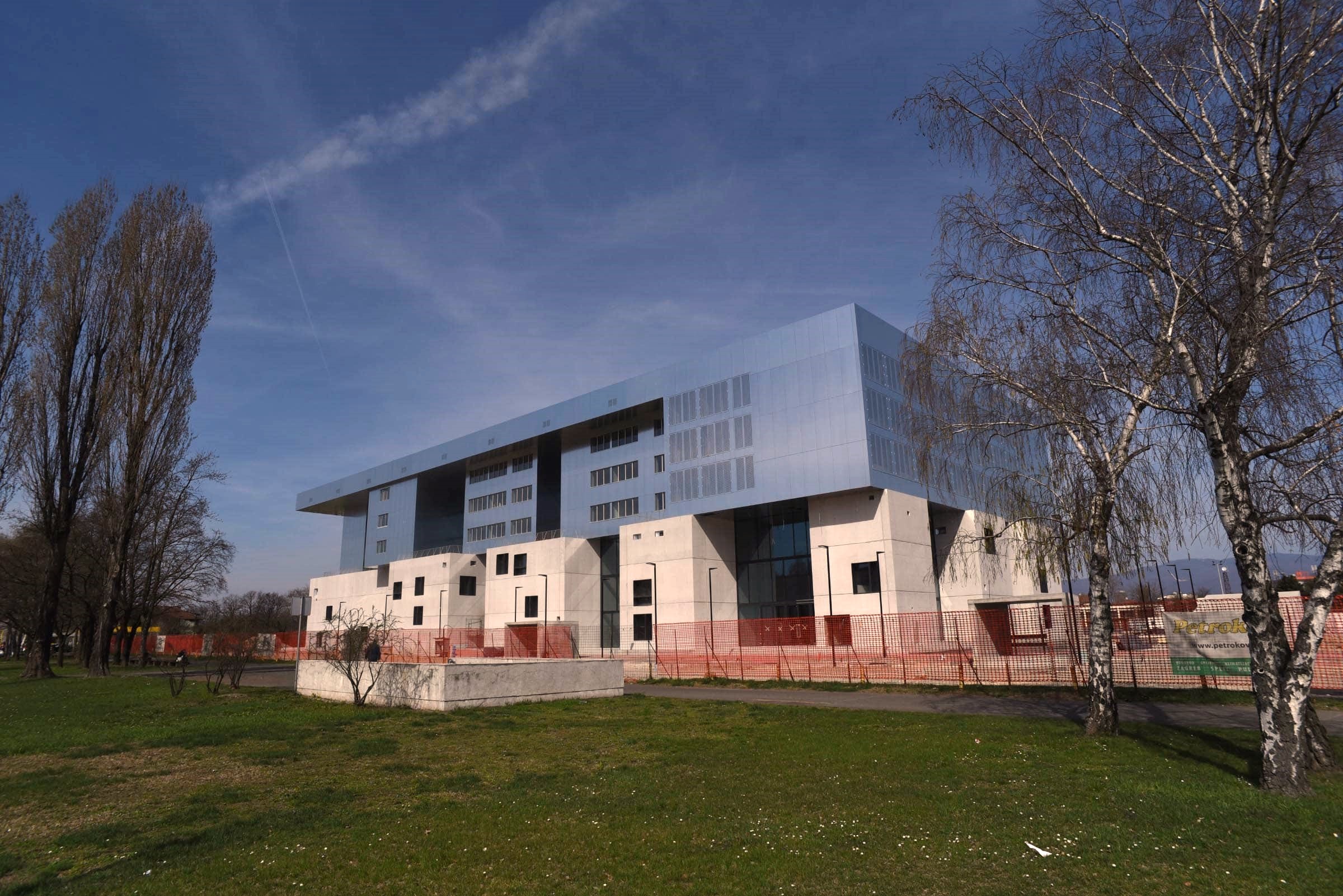 © Site Project d.o.o.
© Site Project d.o.o.
Trg Poljana, Šibenik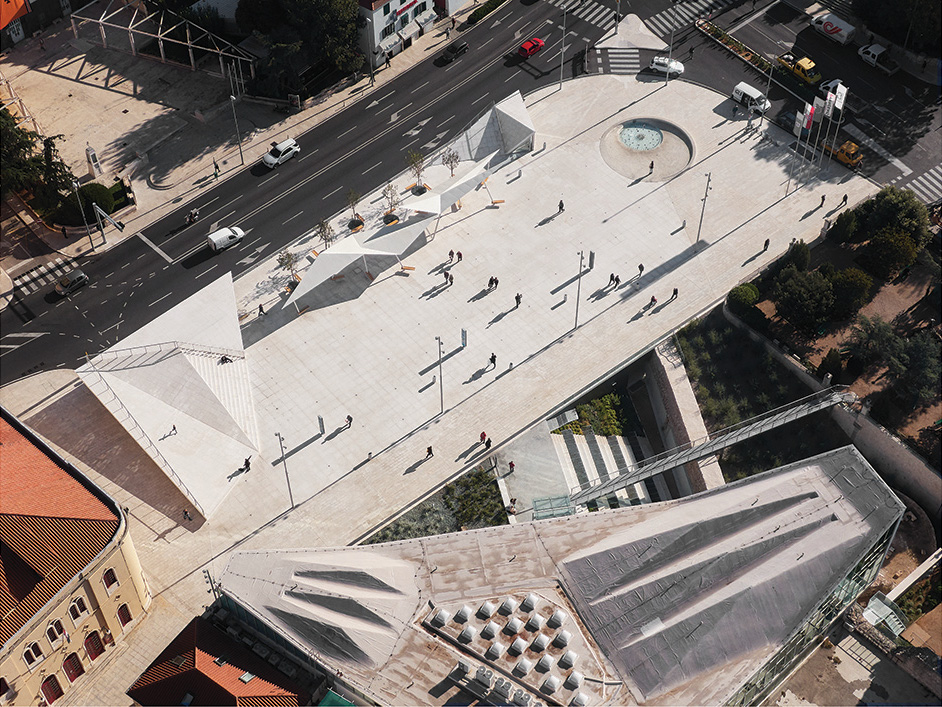
Not a small amount was asked of project architects Atelier Minerva from Dubrovnik in the task to create Trg Poljana in Šibenik. The site had long been earmarked for a much-needed, official town square – a place for events and public gatherings. But, the town was also woefully short on parking. By burying a multi-level car park beneath the open space, the architects successfully met both demands. Triangular shapes sit at an angle above shaded seating, echoing the inclines on the roof of the Juraj Šižgorić City Library opposite. Clever.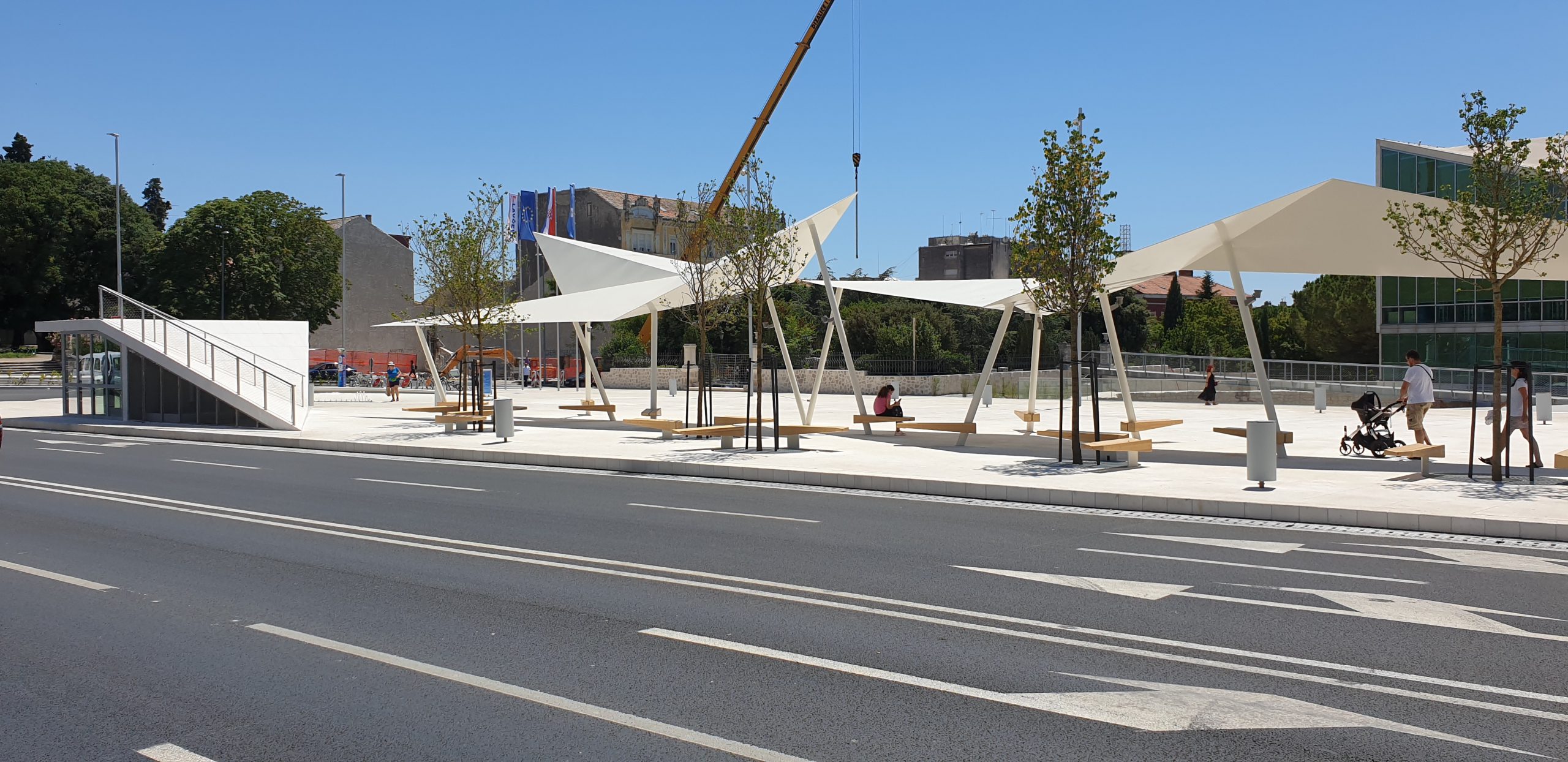 © Ervin Husedžinović / Eccos-inzenjering
© Ervin Husedžinović / Eccos-inzenjering
Homestead on Hartovski vrh, Žumberak, Zagreb County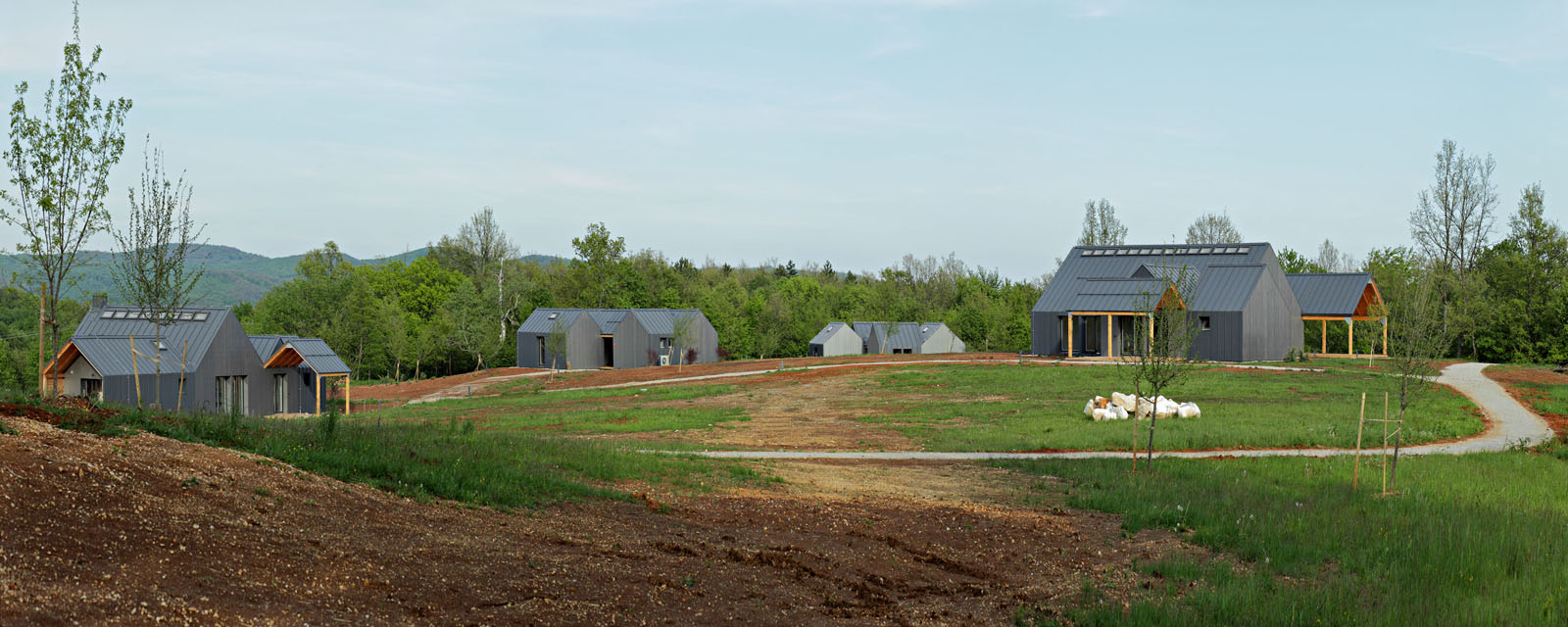
A collection of multi-purpose rural buildings, Homestead and Meditation Centre on Hartovski vrh was commissioned and designed for use by the Buddhist Center Zagreb. Their aim was to relocate activities such as chan, yoga, meditation, healthy living and teaching to a peaceful retreat outside of the city. Architects Branimir Rajčić and Mariela Žinić began the project in 2015, with the completed site arriving in 2019. Modern building materials are used, but not so the striking collection seems out of place within a partially agricultural setting. The set of buildings includes a residential dwelling and a larger hall for meetings and activities, both of which use large windows to allow the light and nature to flood in. © Robert Leš
© Robert Leš
Square of Traditional Crafts, Varaždin
A tricky task was given to architects Studio Konntra – how to enliven and modernise a traditional old square in the centre of one of Europe's best-preserved Baroque Old Towns. They did this by constructing transportable kiosks to house small outlets for local artists and craftsmen that cater to visiting tourists who come to the square. When occupied during the day, the plain wooden interiors allows the crafts to take centre stage. But, after closing time, the outsides of the wooden doors are brightly coloured and adorned with paintings, a welcoming environment for residents to use at night.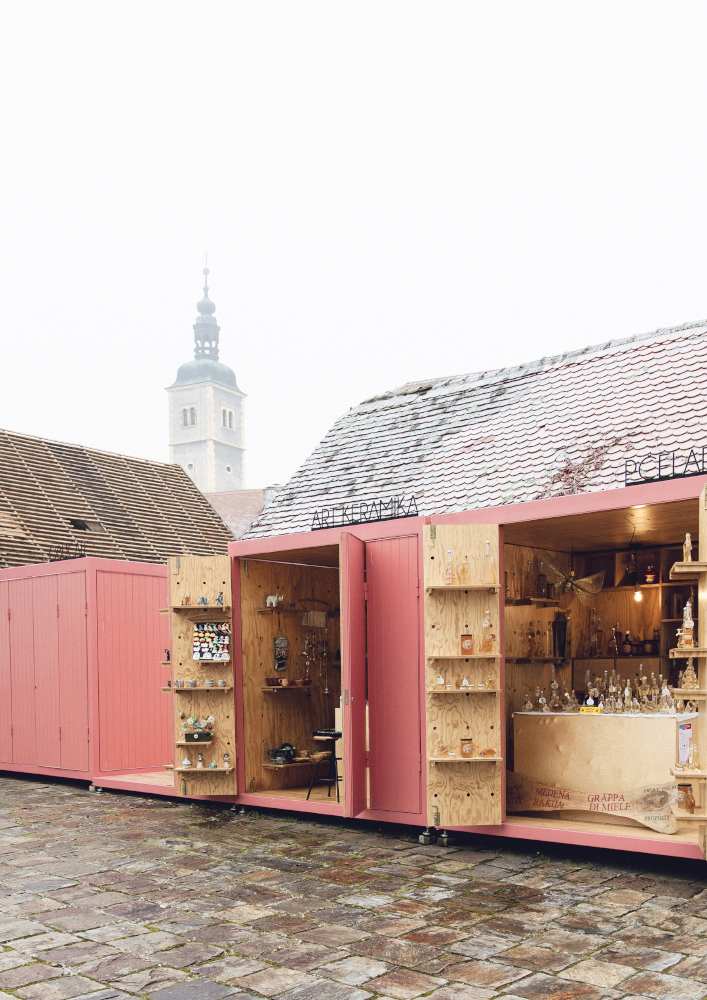 © Studio Konntra
© Studio Konntra
Sibenik Knin County Tourist Board Wins European Excellence Award for Its Campaign
December 10, 2020 – A joint campaign of the Sibenik Knin County Tourist Board and the agency S.T.A.R. Digital called "Take a walk with us" received the European Excellence Award for the best campaign in Southeast Europe in 2020.
As Hina reports, the Sibenik-Knin Tourist Board said that they won this prestigious European award in a strong competition of finalists: marketing campaigns of Eurobank Bulgaria/BBDO, ING Romania/Zenith, Telenor Bulgaria/Intelday, and Erste Bank Serbia.
"The 'Take a walk with us' campaign promotes privacy, untouched nature, and a safe environment, which have never been more important than now at the time of the pandemic. This is our response to new market demands in the travel industry," said the Sibenik Knin County Tourist Board.
The campaign promotes the destination's natural and cultural beauties with the concept of a "walking" in which the visitor gets to know all its riches through video and "storytelling" formats.
"This year has been extremely challenging, especially in tourism. With a quick response, the communication needed to be designed and adjusted differently to encourage tourists to make quick decisions and visit destinations in times of global crisis," they describe a concept from the S.T.A.R. Digital, adding that the author of the photo and video material is Toma Kezić.
"How to promote a tourist destination in the summer of 2020 with a limited budget and on short notice? Šibenik Region 'walked' the potential travelers through its highlights, offering a perfect getaway from a pandemic. Campaign with compelling videos and storytelling formats achieved strong results in 5 European markets – in awareness, engagement, and ultimately better than expected tourist arrivals," reads the statement on the European Excellence Awards winner list.
As the coordinator of the project, the Šibenik-Knin County Tourist Board, with the support of the Croatian Tourist Board (CNTB), gathered key stakeholders in the destination – the Šibenik and Vodice Tourist Boards, Krk and Kornati National Parks, Šibenik Fortress and Public institution Nature of Šibenik-Knin County. They campaigned in the markets of Austria, Germany, Slovenia, Poland, and the Czech Republic.
For the latest travel info, bookmark our main travel info article, which is updated daily.
Read the Croatian Travel Update in your language - now available in 24 languages.
Over 10, 000 Attend Music Festivals in Sibenik In 2020 - Zero Infections
September 22, 2020 - For six consecutive weeks this summer, the Martinska venue alone welcomed over 10, 000 international visitors to its music festivals in Sibenik. Zero cases of Coronavirus occurred.
Over recent years, three things have firmly placed Croatia on the international stage – Game Of Thrones, the World Cup and music festivals. Running for over a decade now, music festivals are the oldest of these. They have elevated places like Pula and Tisno to become among the most-Googled destinations in the country.
So popular now are Croatia music festivals, that many say the summer season of music festivals in Croatia has supplanted the famous hedonistic holidays of Ibiza as the hippest place to go. Incredible disappointment was therefore felt by tens of thousands of expectant party people earlier this year when most of the international Croatia music festivals decided to cancel their 2020 events. They did so in response to the Coronavirus pandemic.
One venue stood alone – Martinska, a 20-year-old site for music festivals in Sibenik. Over six consecutive weeks, all of their 2020 festivals took place. They did so under strict adherence to epidemiological guidelines. And, following a wait of two weeks after the final event (to cover any potential Coronavirus incubation period), site organisers Pozitivan Ritam have released their results - zero cases of Coronavirus.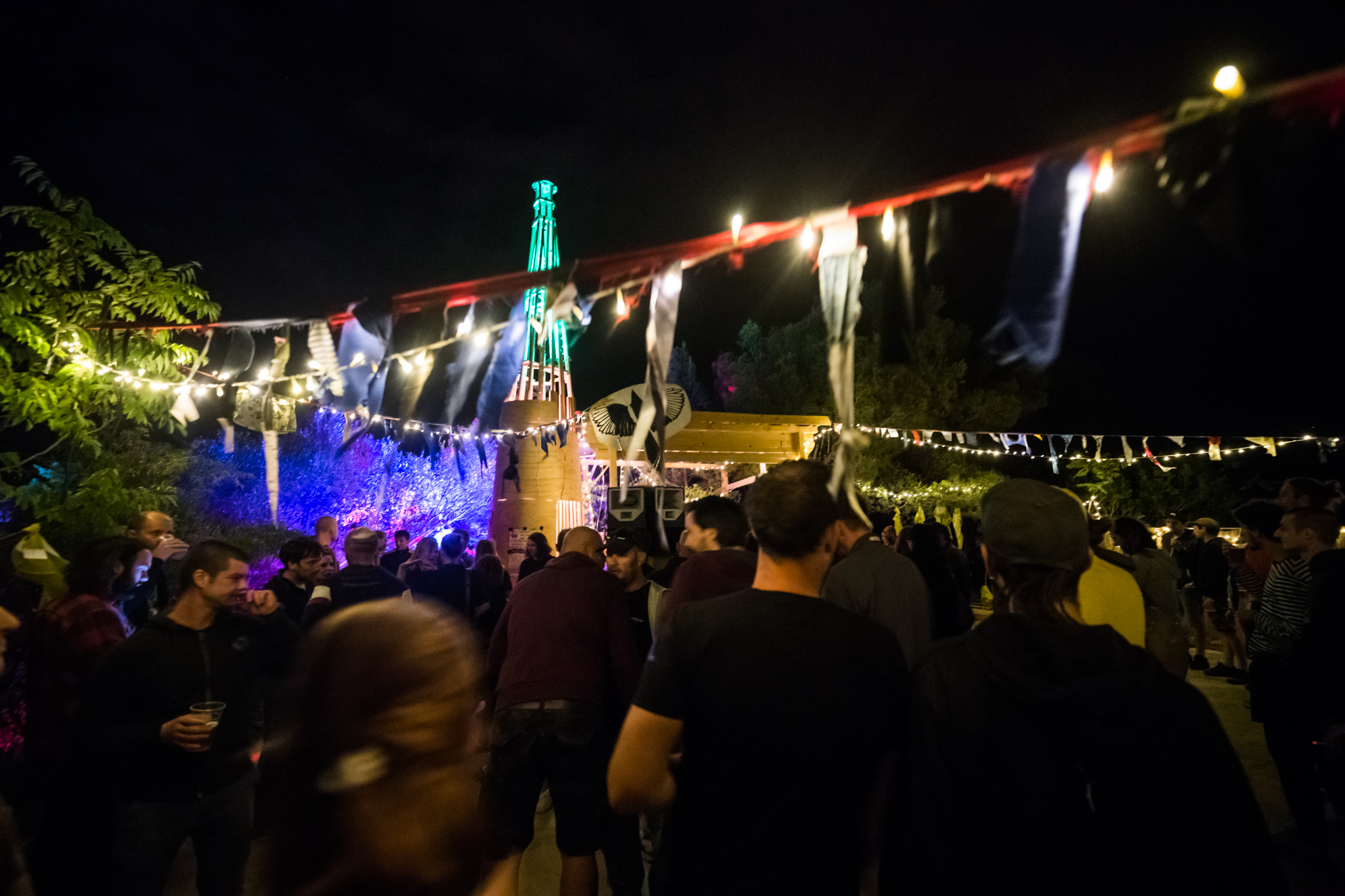
“It's not only the five festivals and one concert event that we did,” Pozitivan Ritam director Vedran Meniga told TCN, “The Fortress of Culture in Sibenik had more than 30 events this summer and Project Vojarna in Sibenik had two parties this year with over 4000 people. On one RTL television show, they described Sibenik as the Croatian Wuhan when 3000 people were in the town for one techno party there. But, at the end of the season, none of these events resulted in a single Coronavirus infection. Not one.”
Following a successful lockdown earlier in the year, cases of Coronavirus were limited in Croatia at the start of the season. Yet, some were understandably hesitant to come. Music festivals in Sibenik still managed to attract visitors from Britain, France, the Netherlands, Belgium and Germany to Martinska. Even after the middle of August when cases began to appear in other regions and international visitor numbers dried up, the festival site was still busy with Croatians and partygoers from near-neighbouring countries. At the end of August, there were no more than five infected persons in Sibenik. None were music festival or music event attendees. Throughout much of the summer, Sibenik recorded zero cases.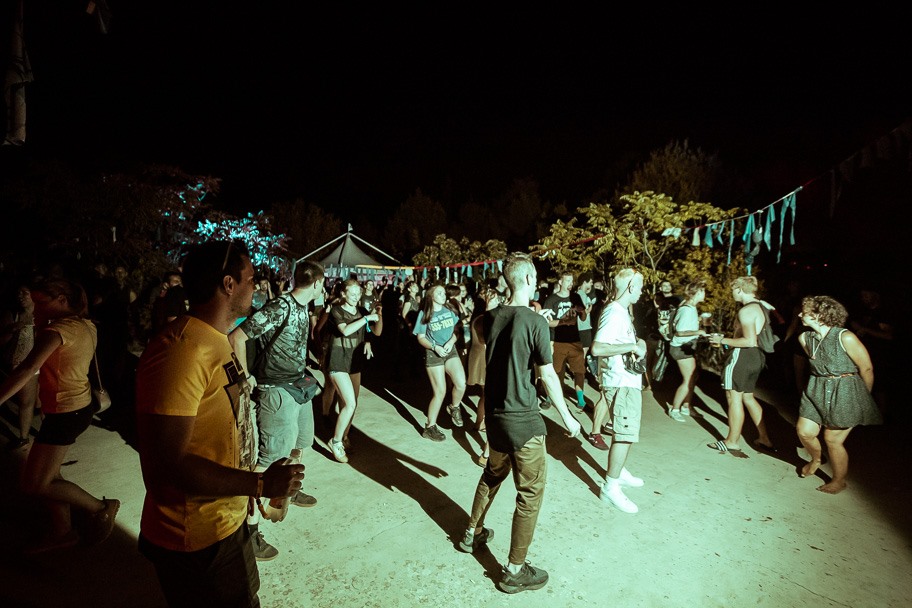
“The music festivals in Sibenik are proof that it's possible to work doing events during the era of Corona,” Meniga tells TCN. “Of course, all of our events were open-air and no doubt that helped.”
"When cases started to reappear elsewhere at the end of July, I went to the civil authorities and epidemiologists immediately, before they came to us,” says Vedran. “The civil authorities and the police grant the license for the events. I presented them with a plan and they were satisfied. They allowed us to continue.”
“It helped that Martinska is across the bay from Sibenik. Festival attendees don't even need to go into the town to come, they drive here straight from the Magistrala (Croatian coastal highway). Also, Martinska's capacity is five times bigger than the numbers we were going to cater for. The site can accommodate six to seven thousand. We expected no more than 1500 daily. That was more than enough space to maintain physical distance. We carefully took all contact details for each attendee at the entrance, in case something appeared and we (or authorities) had to later contact people. We also took everyone's temperature. And in addition to the required epidemiological sanitization, we also installed disinfectant pillars at every single point where money or goods exchanged hands. All our staff wore not only masks but also gloves. Four times the civil authorities made surprise visits to the site for inspection along with epidemiologists and police. Each time they were completely satisfied.”
Current forecasts for the Coronavirus response predict that a vaccine will not be available to cover everyone until the autumn of 2021. This has serious implications for at least one more tourist season. Yet, with the incredible achievements seen this summer at Martinska's music festivals in Sibenik, we can all take hope that events, tourism, and even life itself may continue to be enjoyed in the near future, as long as we're all smart about it.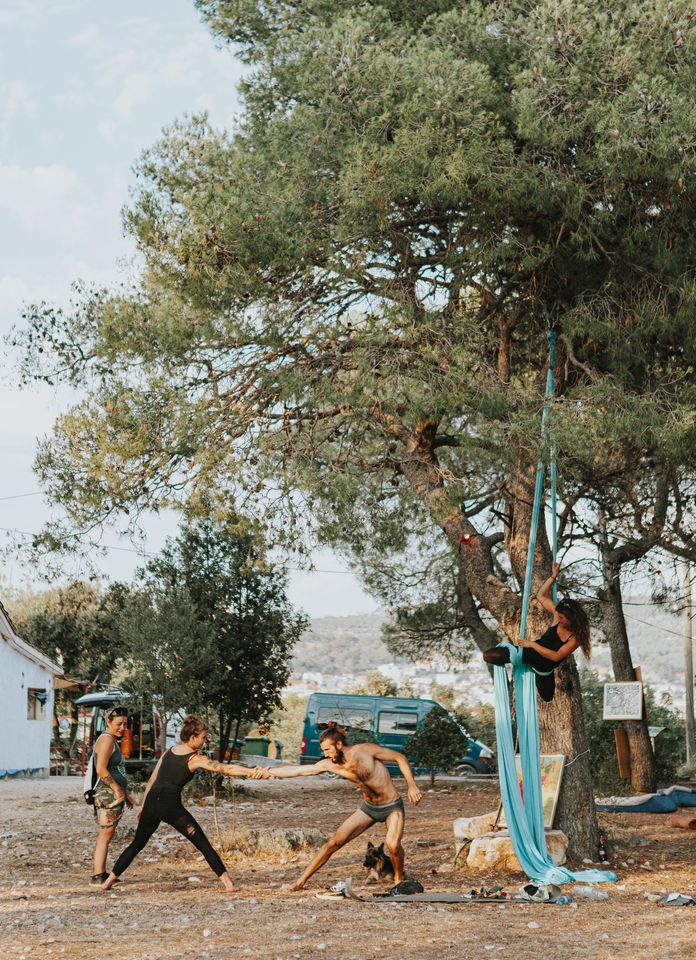
All photos 2020 Martinska © Seasplash / Pozitivan Ritam.
For the latest travel info, bookmark our main travel info article, which is updated daily.
Read the Croatian Travel Update in your language - now available in 24 languages
Six of the Best! Croatian Protected Produce On Sale in China
September 18, 2020 – Six items of Croatian protected produce are among the 100 European items to go on sale in China
Six items of Croatian protected produce are among the 100 European items to go on sale in China. In a reciprocal deal, 100 Chinese products will also be recognised and recommended on the European market.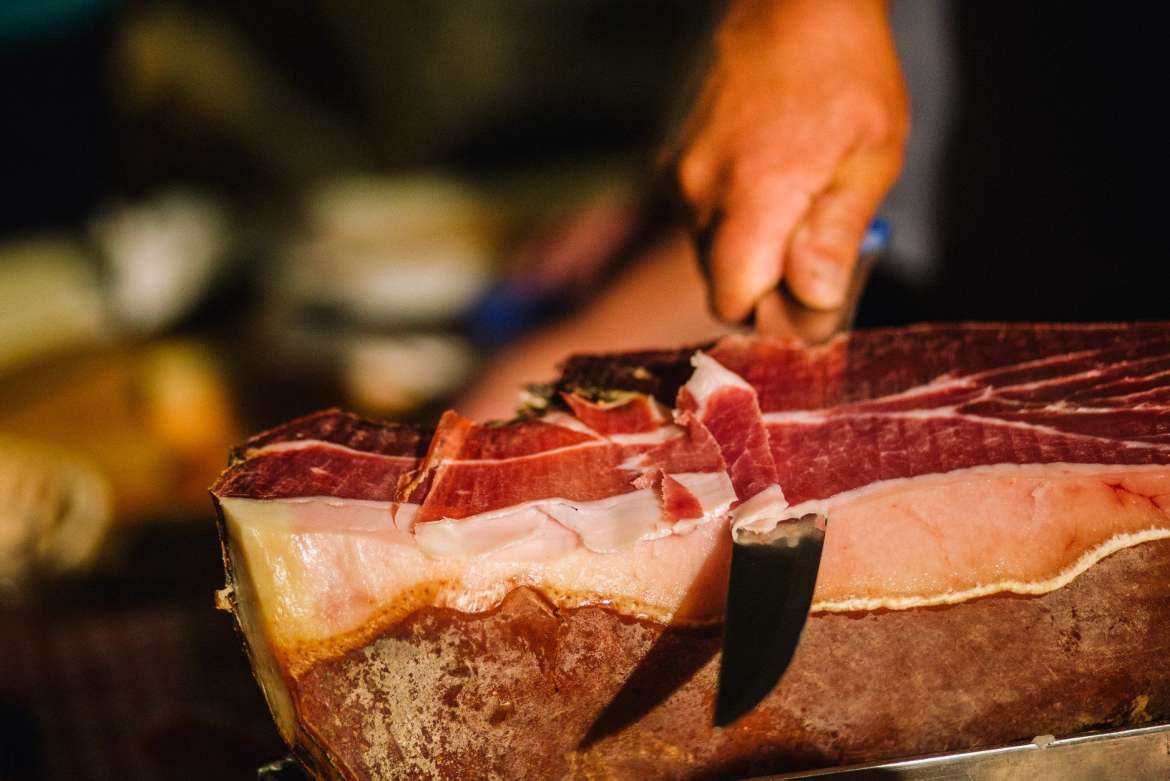 Dalmatian prosciutto © TZ Vrgorac
Dalmatian prosciutto © TZ Vrgorac
Baranja kulen, Dalmatian prosciutto, Drniš prosciutto, Lika potatoes, Dingač wine and Neretva mandarins are the premium six Croatian protected produce chosen to be among the European 100. All of the Croatian protected produce is already recognised at a national and at an EU-level and designated its status based on its unique place of origin.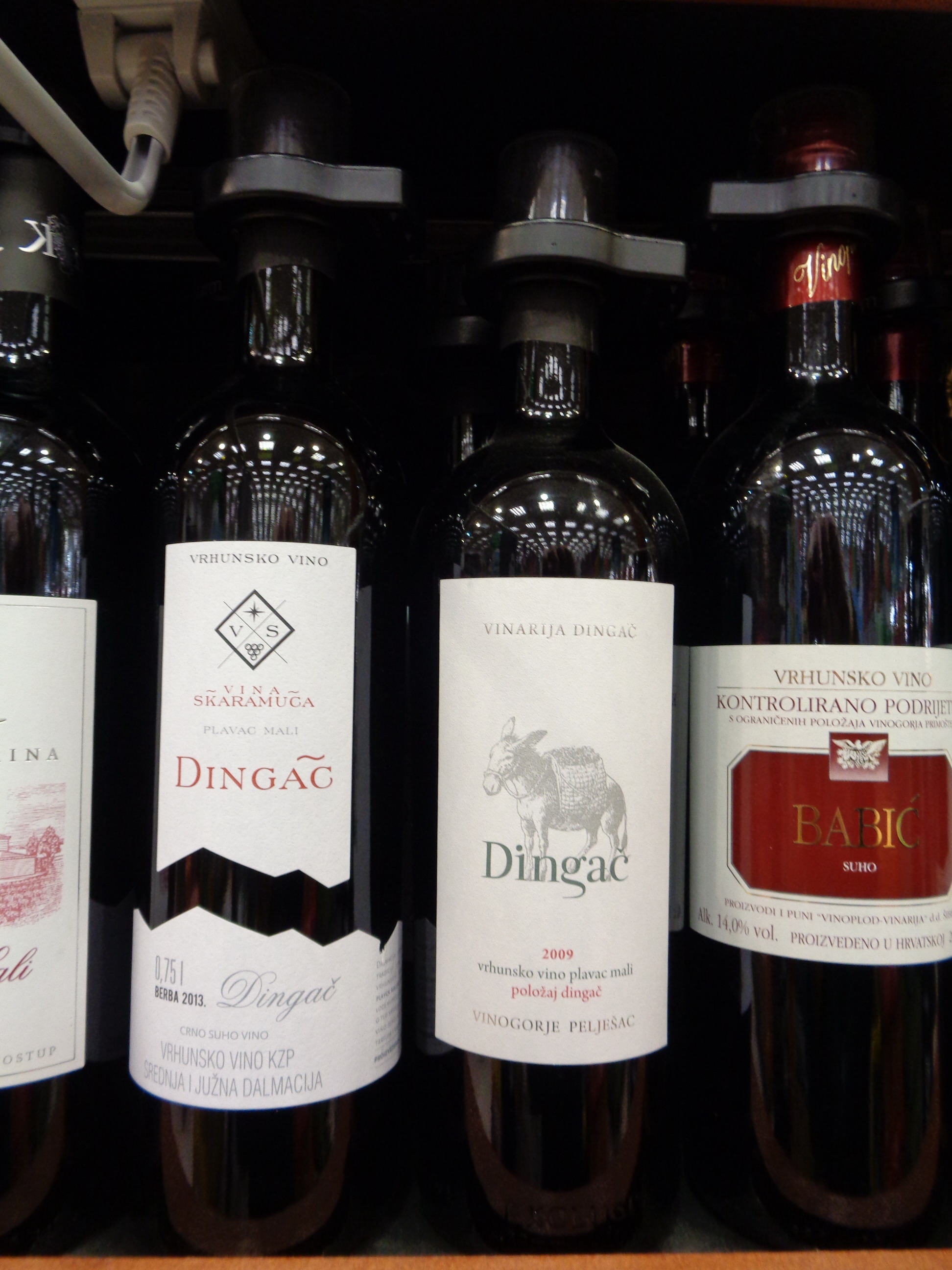 Dingač wine © Silverije
Dingač wine © Silverije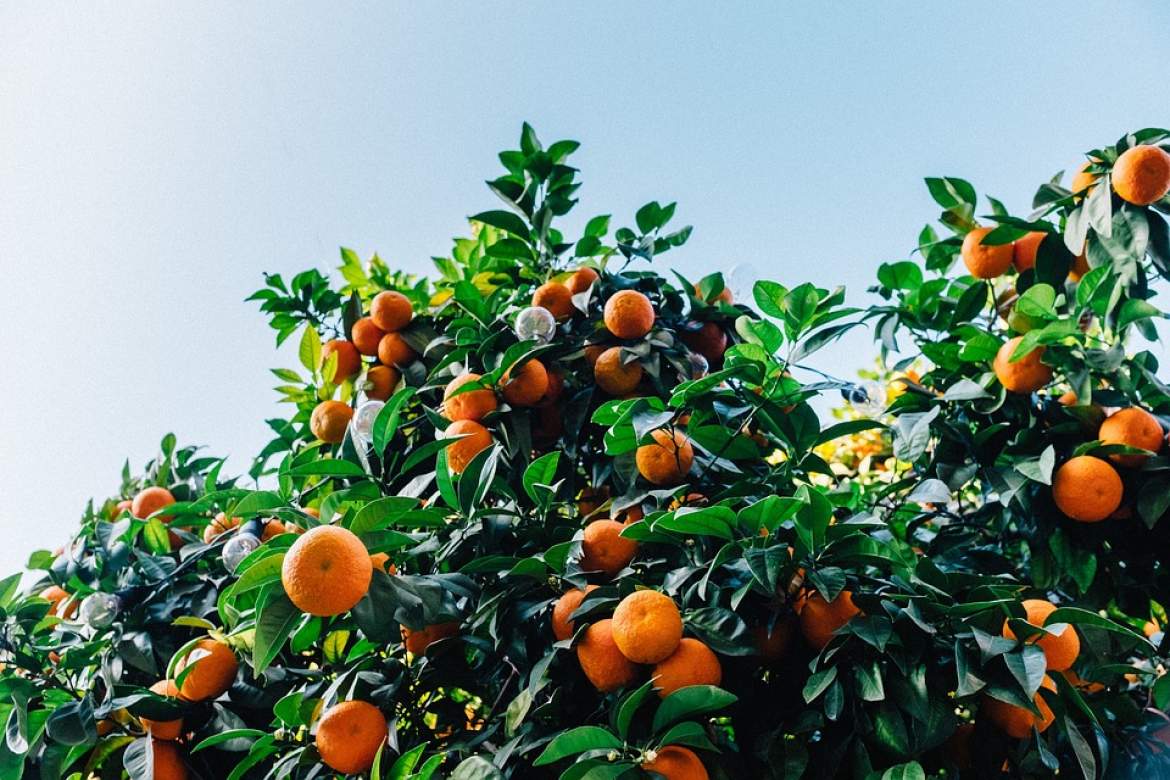 Neretva Mandarins
Neretva Mandarins
The European products will be specially marked and receive special privileges when they go on sale in China. Alongside the Croatian protected produce, other items on the European list are French champagne, Greek feta cheese, Italian Parma prosciutto, Italian mozzarella, Irish whiskey and Portuguese port. On the Chinese list of products are distinct varieties of rice, bean and vegetable products, some of which will already be popular with Europeans who eat or cook Chinese cuisine.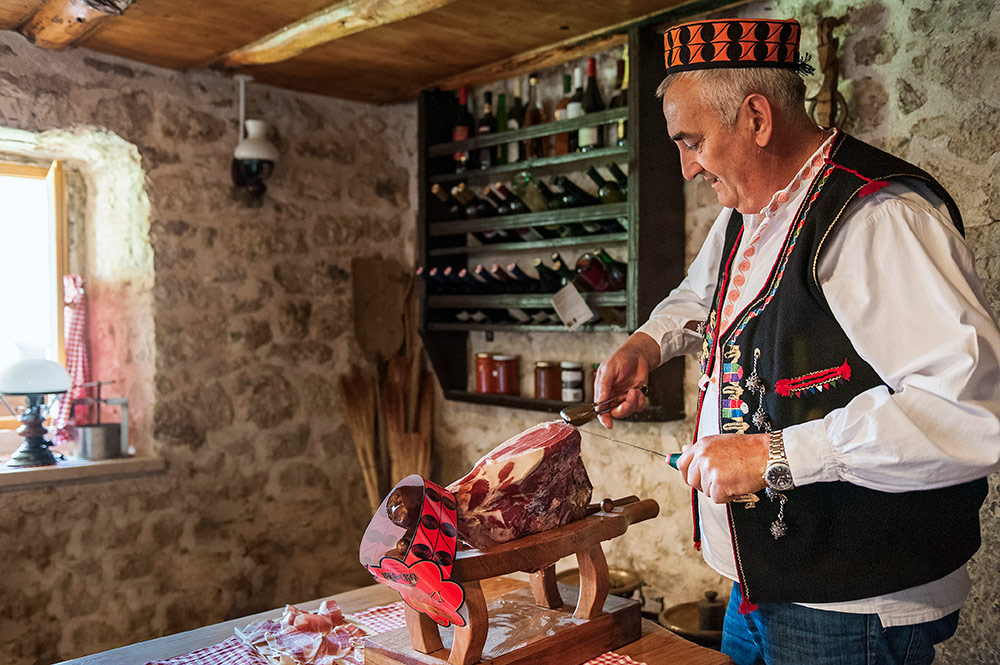 Drniš prosciutto © Tourist Board of Drniš
Drniš prosciutto © Tourist Board of Drniš
The full list of Croatian produce protected at an EU-level currently includes Istrian olive oil, Dalmatian prosciutto, Pag cheese, Lika lamb, Poljički Soparnik, Zagorje turkey, Korčula olive oil, Istrian prosciutto, Sour cabbage from Ogulin, Neretva mandarins, Slavonian honey, Drniš prosciutto, Cres olive oil, Pag salt, Baranja kulen, Bjelovarski kvargl, Varaždin cabbage, Pag lamb, Šolta olive oil, Meso 'z tiblice, Zagorje mlinci, Krk prosciutto, Lika potatoes, Slavonian kulen, Krk olive oil. Baranja kulen, featured within a traditional Slavonian platter © Romulić & Stojčić
Baranja kulen, featured within a traditional Slavonian platter © Romulić & Stojčić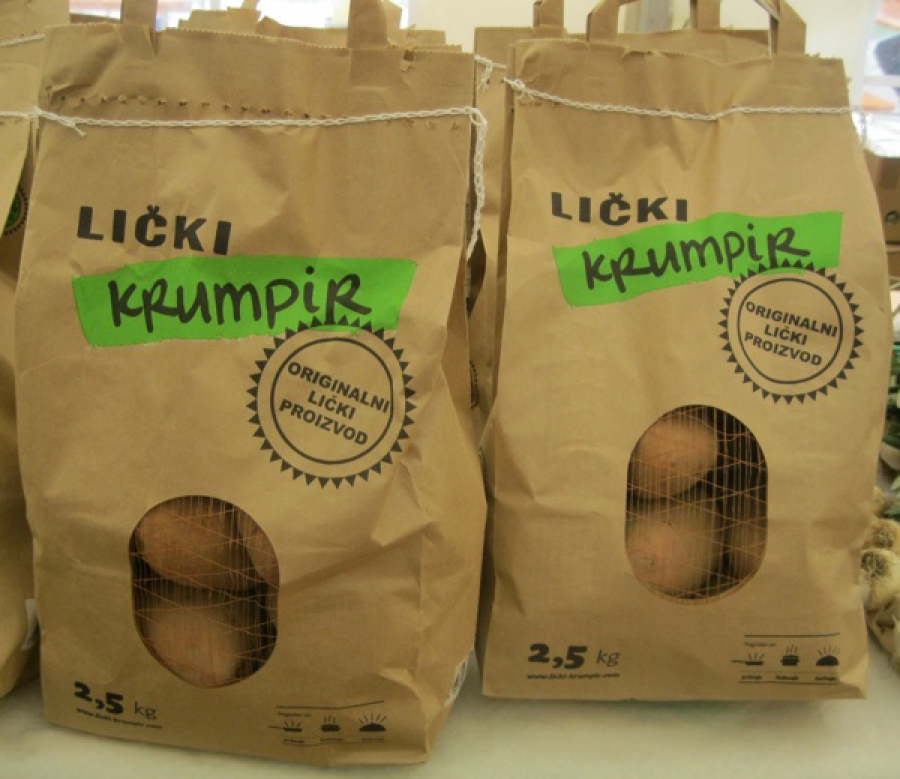 Lika Potatoes
Lika Potatoes
For the latest travel info, bookmark our main travel info article, which is updated daily.
Read the Croatian Travel Update in your language - now available in 24 languages
Šibenik-Knin County Financing Film About General Ante Gotovina
Ante Gotovina is much more than just a household name like that of an actor or a singer. This hero of the Homeland War was proclaimed innocent at The Hague and released back in 2012. He returned to Croatia and embarked on a normal life before becoming somewhat of an entrepreneur. Thesedays, Gotovina no longer dons a general's uniform, but instead deals in the raising of tuna through his own company.
As Gotovina enjoys the quiet life now, the stories of his heroic past in the face of war have never faded, and a film about him is set to be filmed with Šibenik-Knin County's very welcome financial support.
As Morski writes on the 28th of May, 2019, Šibenik-Knin County Prefect Goran Pauk has signed a co-financing contract for a feature film and the "General" TV series.
"This contract stipulates that Šibenik-Knin County is obliged to provide financial support in the amount of 100,000 kuna to the project of a feature-length film and drama television series called "General'', by the screenwriter and director Antun Vrdoljak in the production of Kiklop filma d.o.o. and Croatian Television,'' reads a quote from Šibenik-Knin County.
In the explanation, it is argued that the theme of the film and TV series is the Homeland War, to which Croatian cinematography still owes a lot, given the historical achievement of the creation of the democratic and independent Republic of Croatia, the fulfillment of a centuries-old dream of the Croatian people.
The film and TV series covers the the war and the life of General Ante Gotovina and his generation of Croatian defenders, detailing both the good times and the extremely bad ones.
"Most of all, because of those who have given us and all future generations the liberty that we've inherited today, the Croatian Defense Forces," they argue in their clarification of their decision to fund the film on Gotovina's life and deeds.
To briefly recall, filming was completed in Šibenik on January the 30th this year, and Šibenik native Goran Višnjić plays General Ante Gotovina.
Make sure to follow our dedicated lifestyle page for much more.


